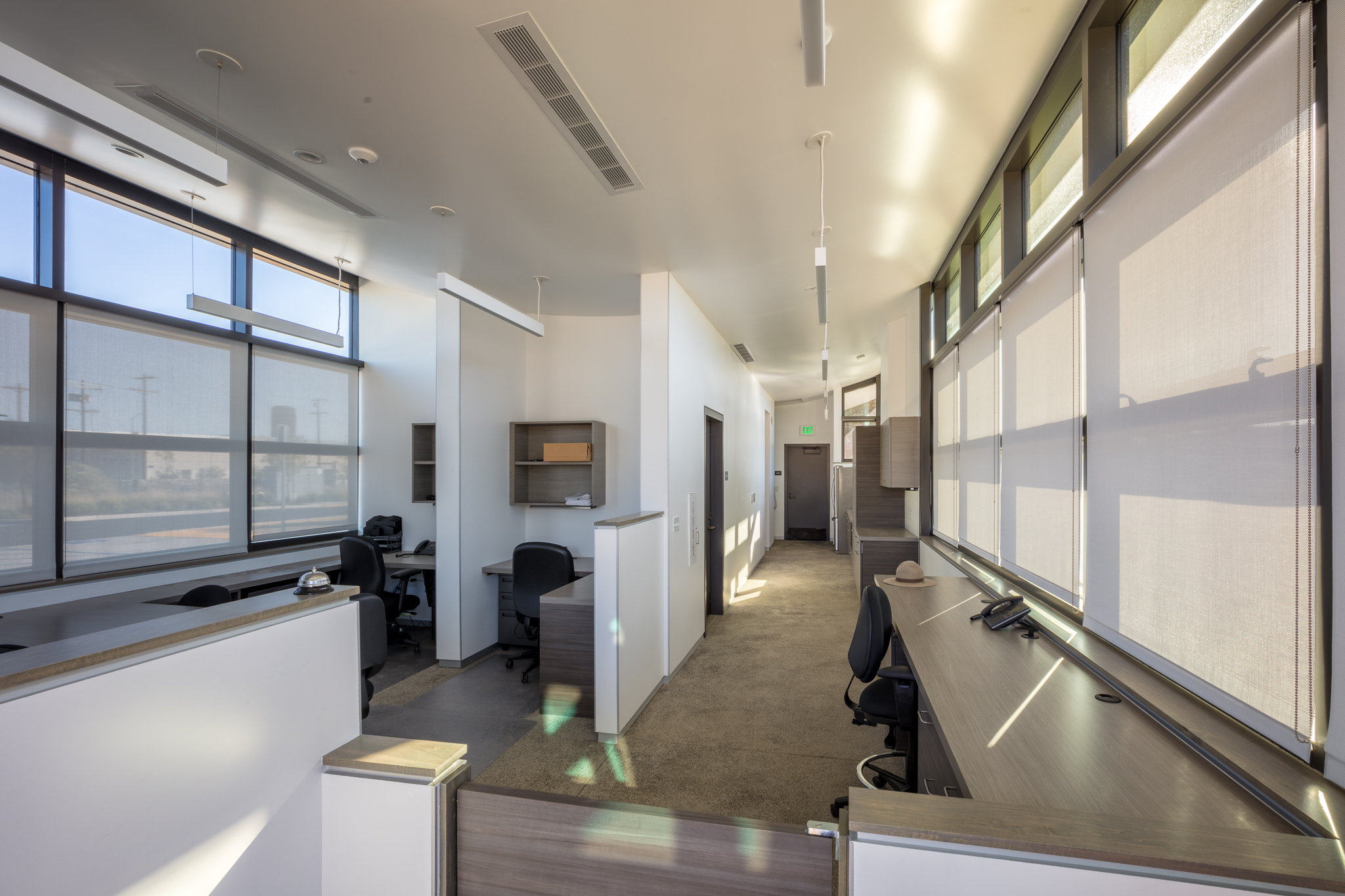

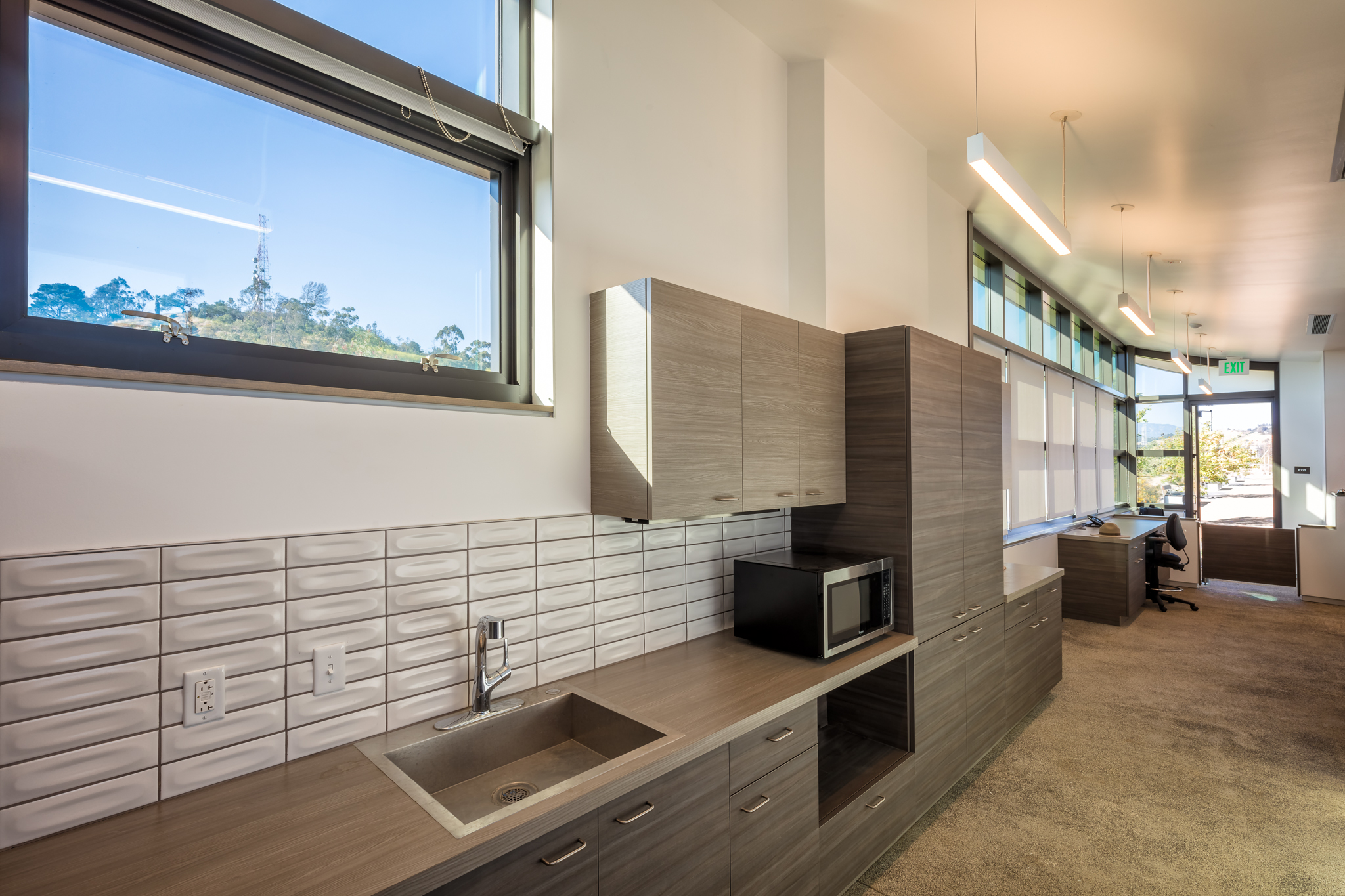
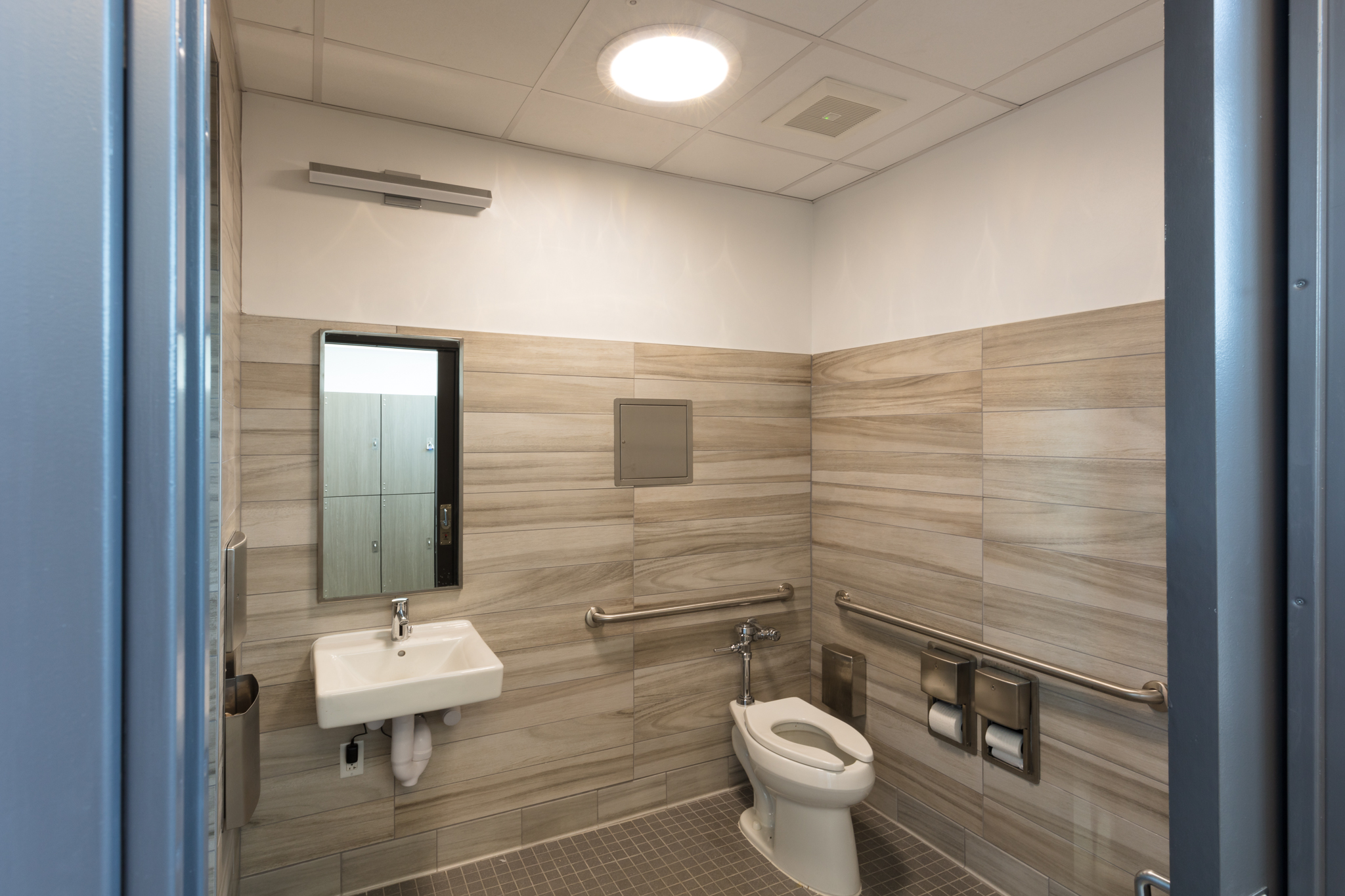
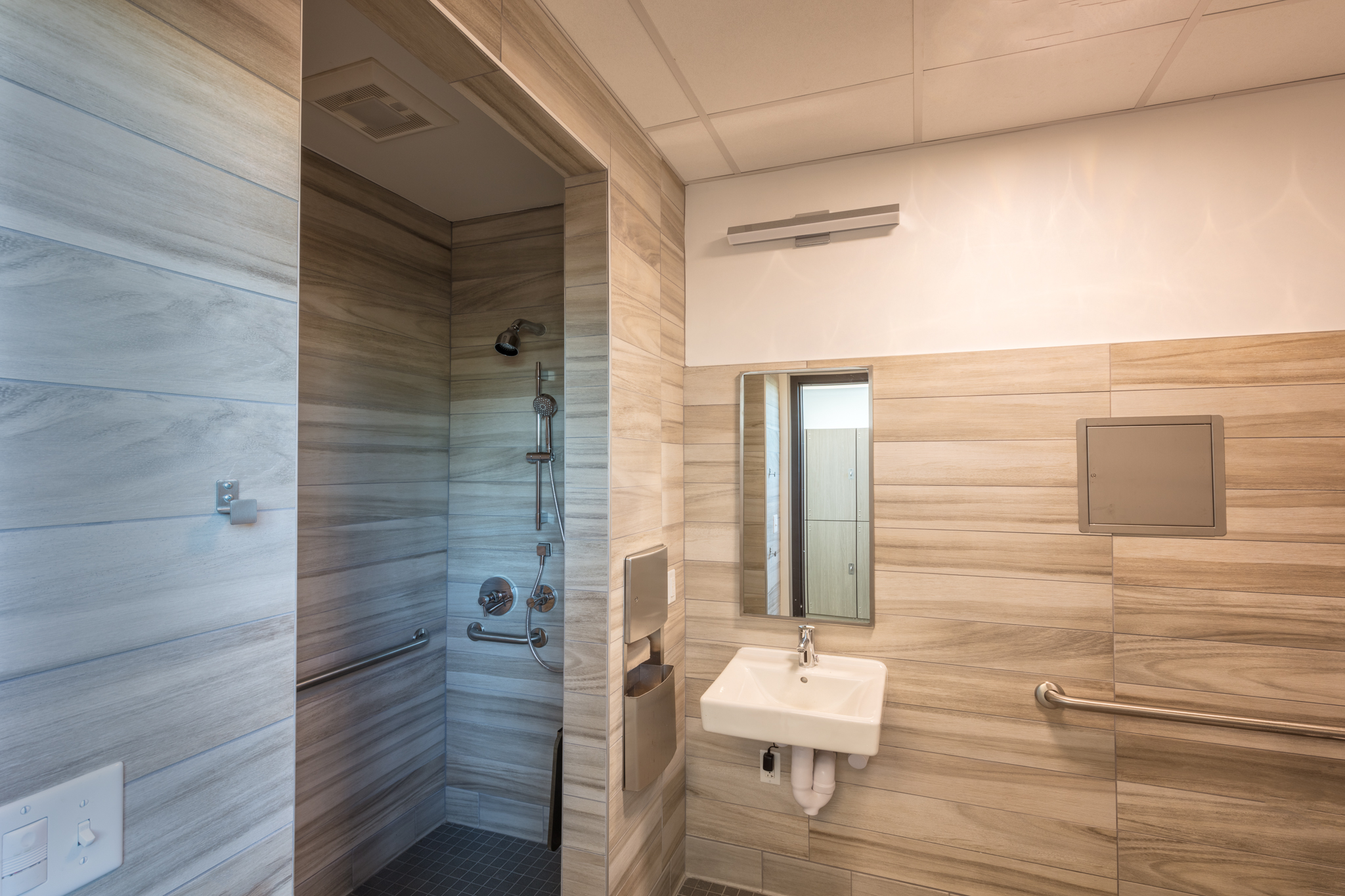
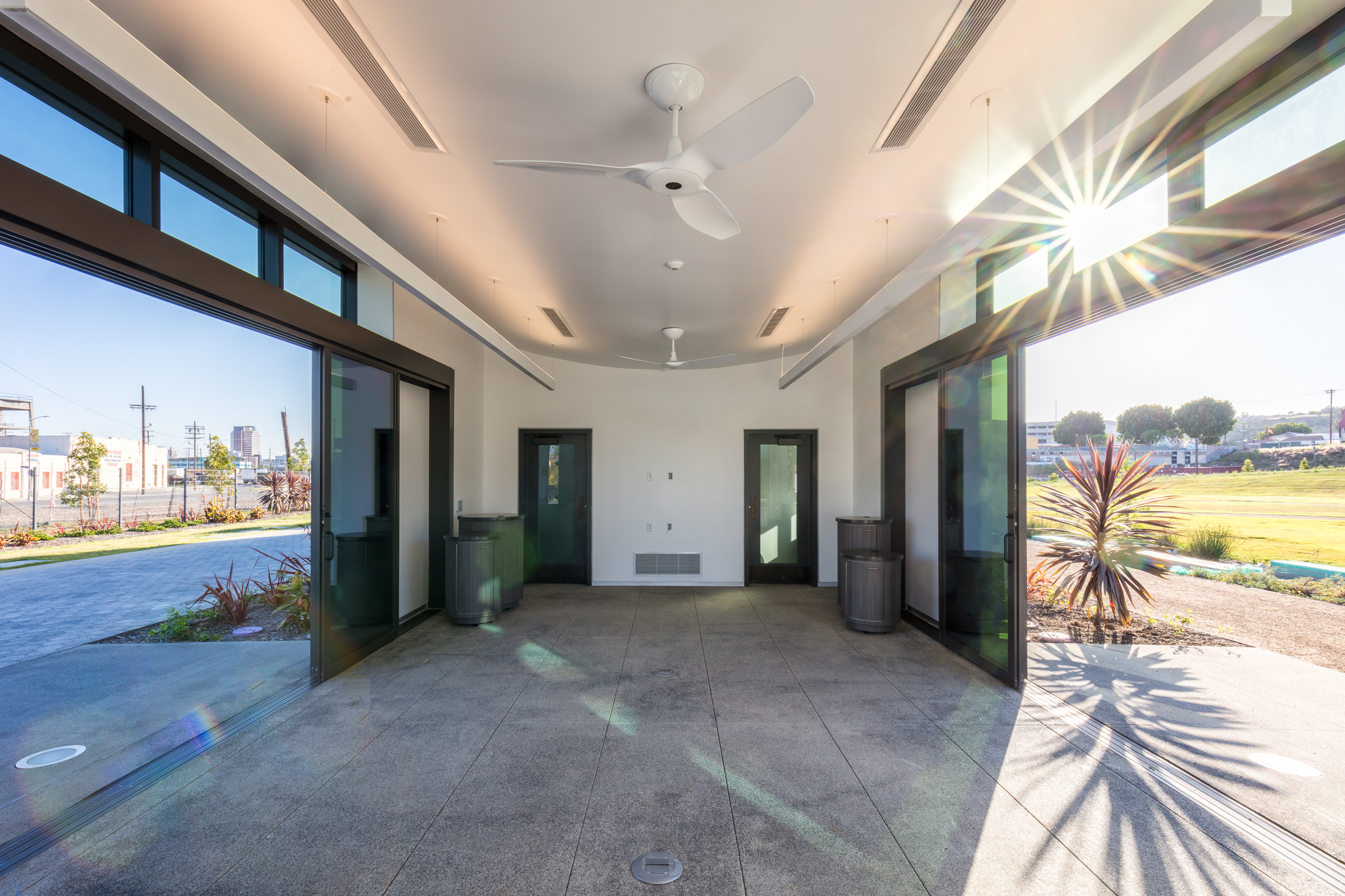

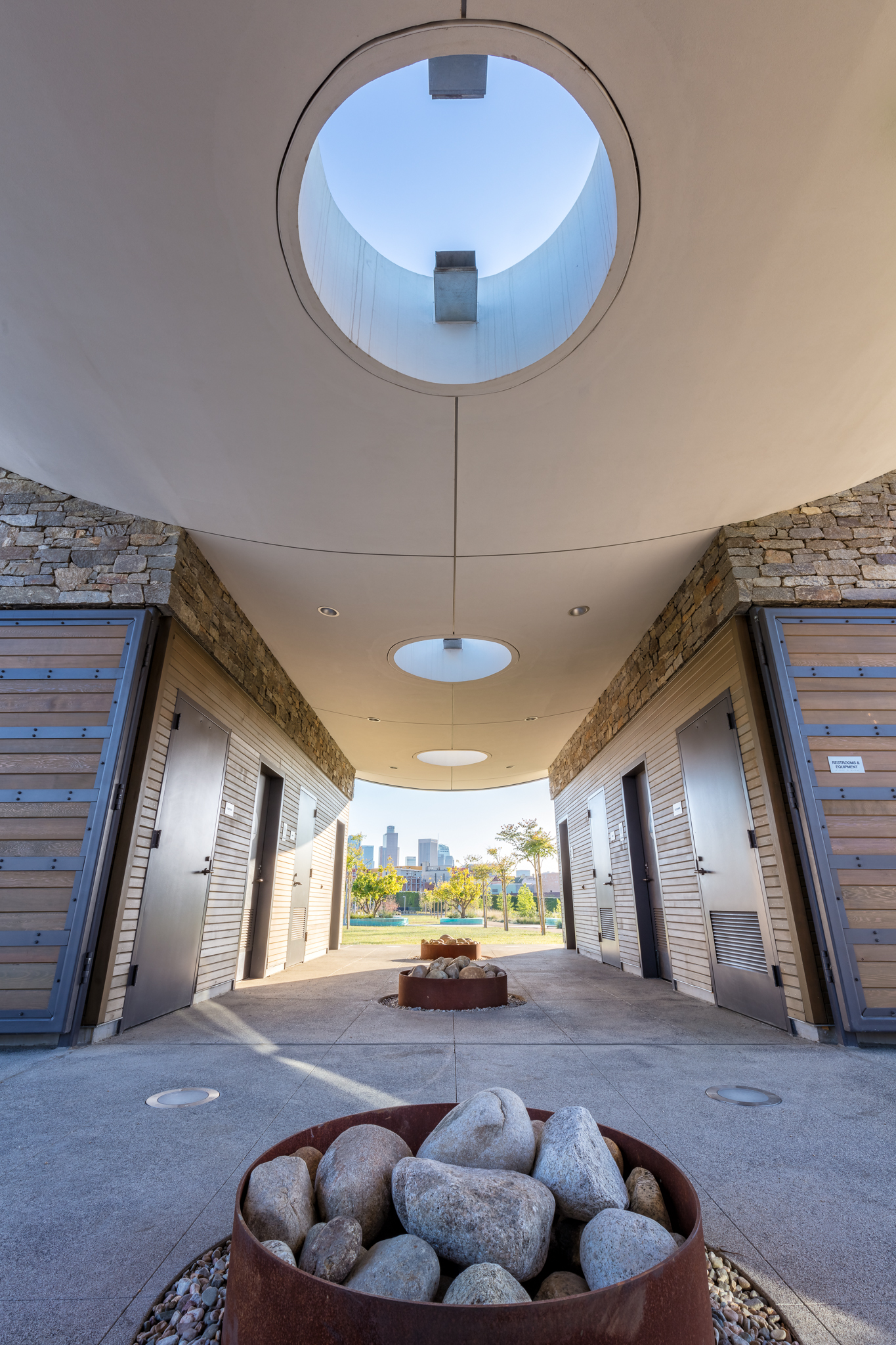

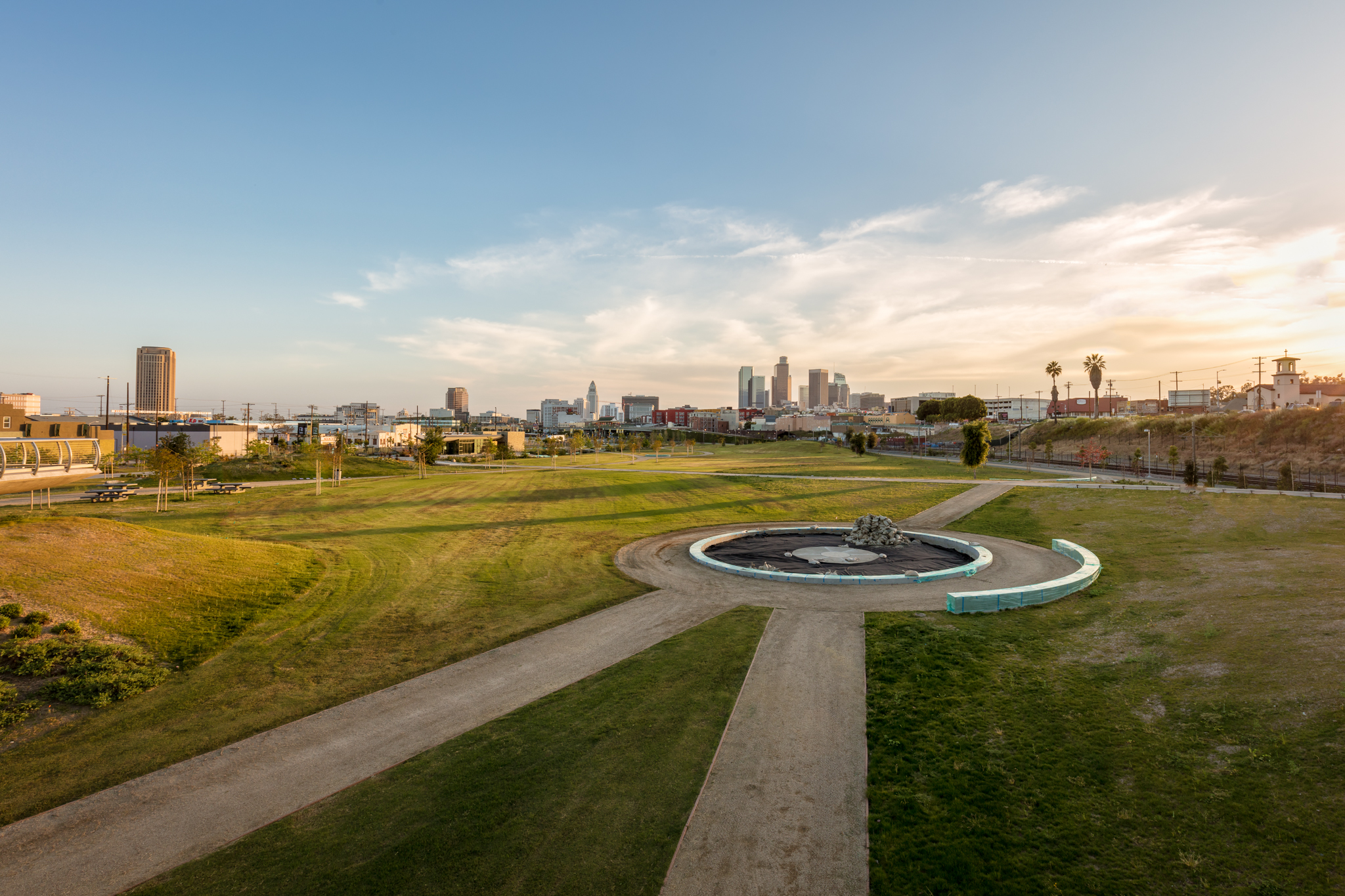
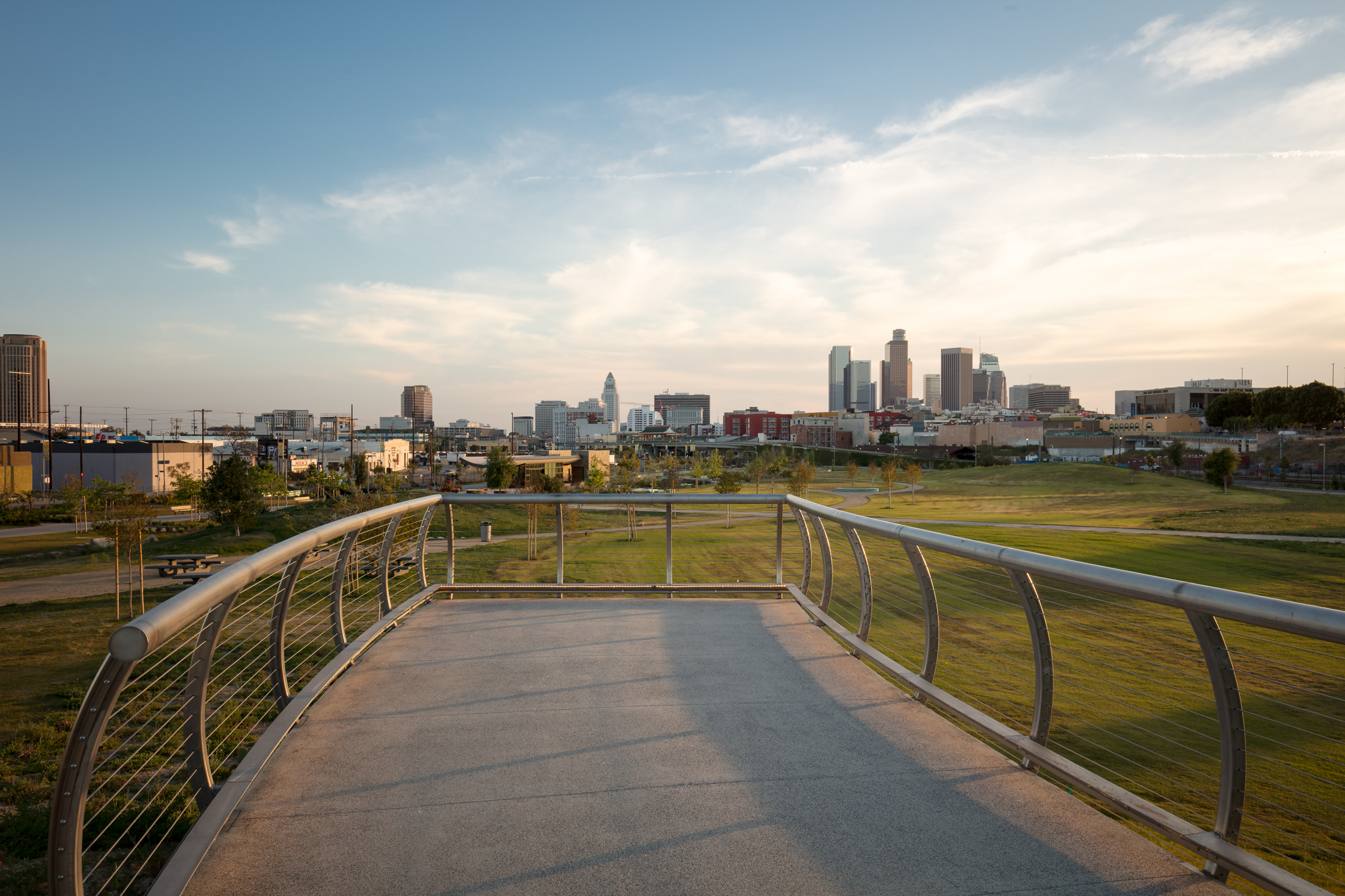
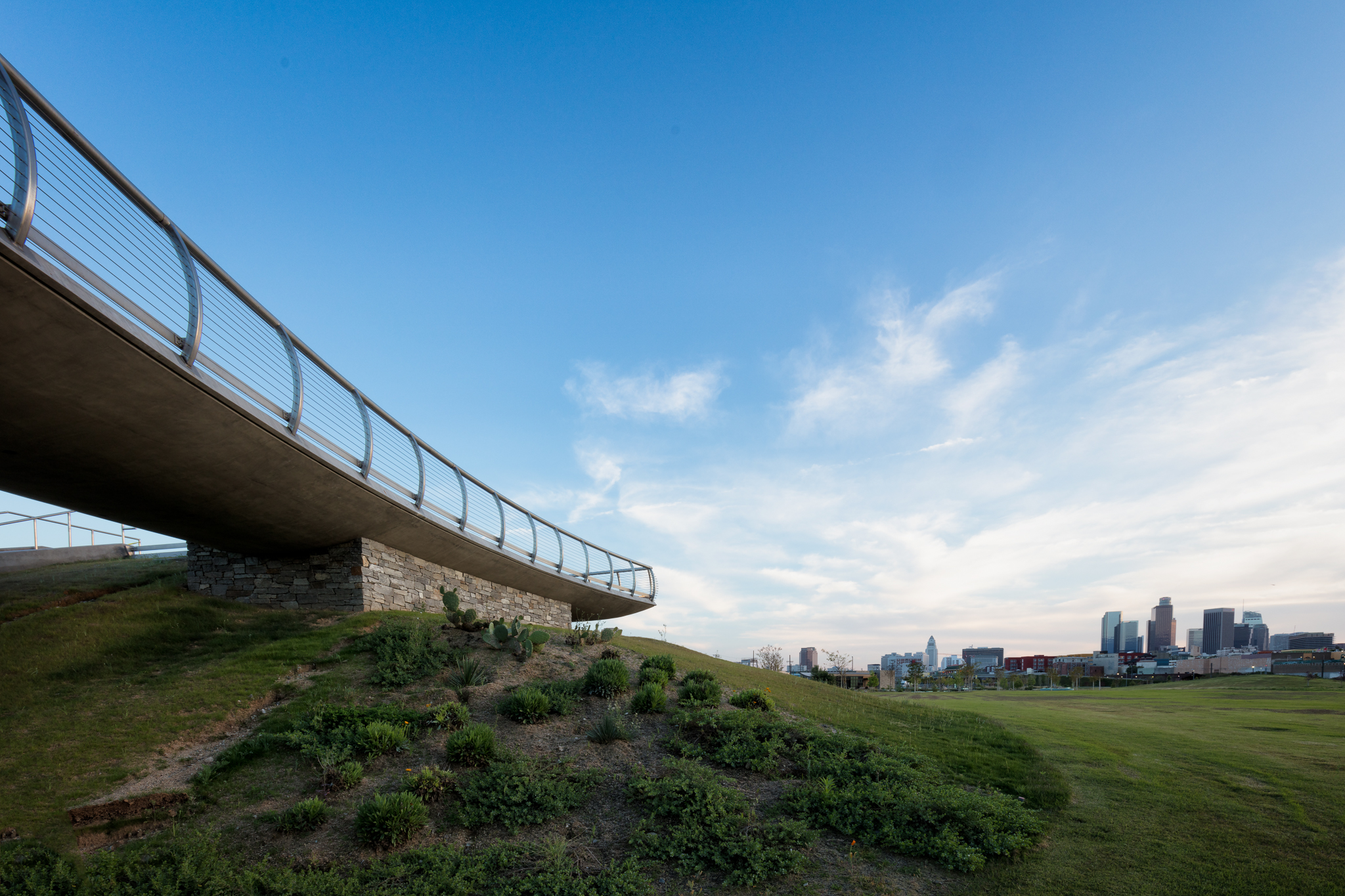

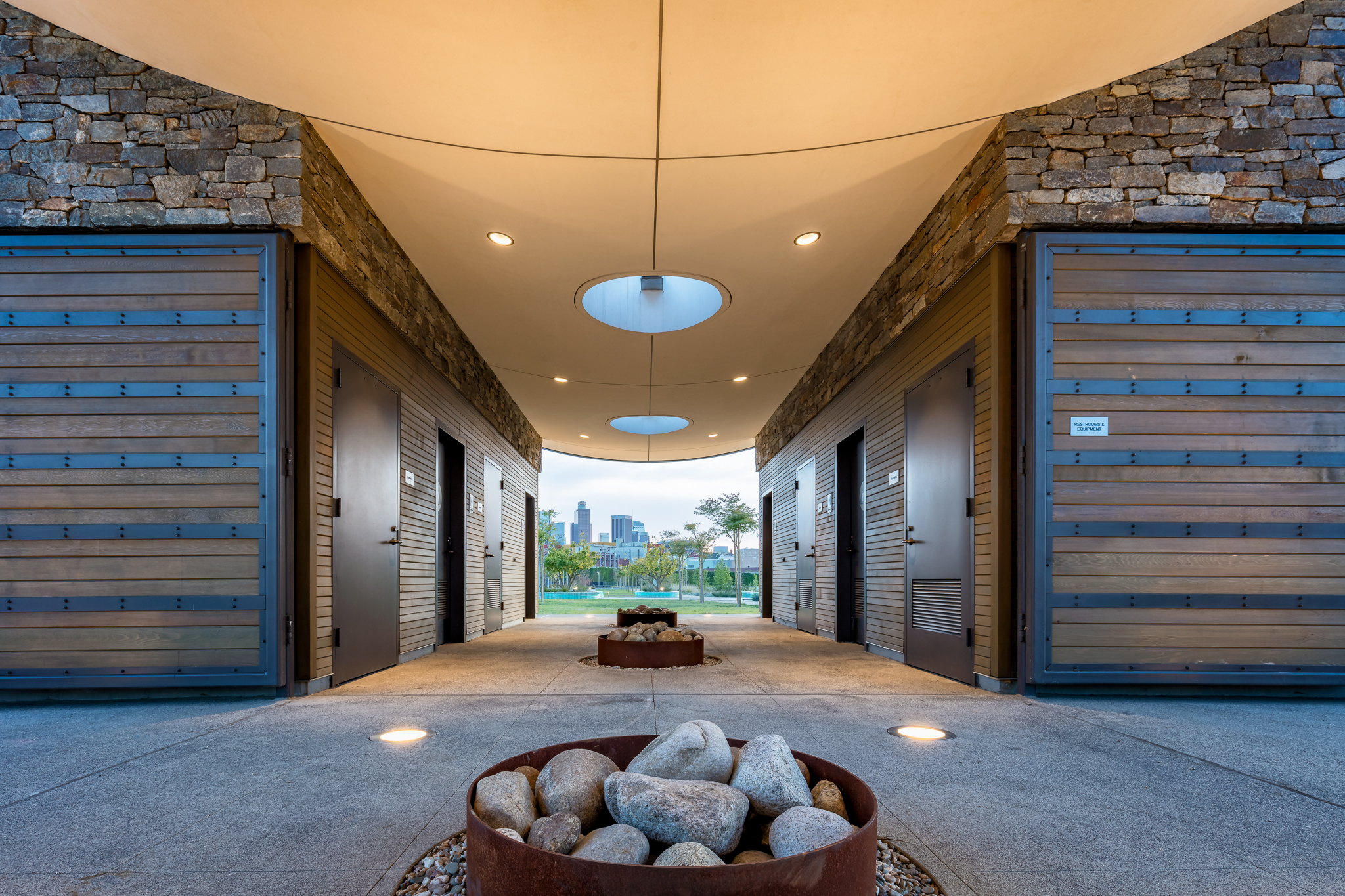
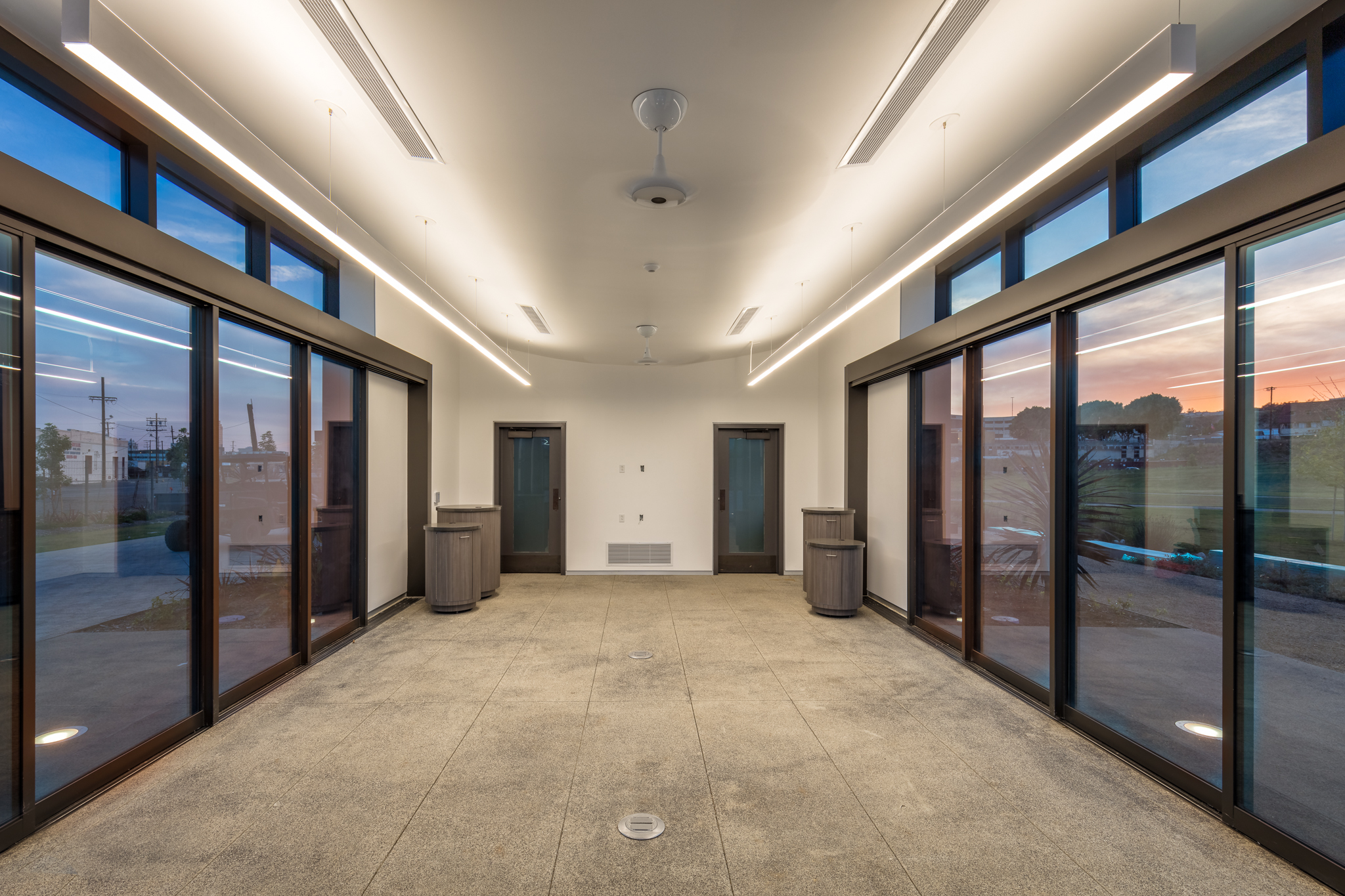

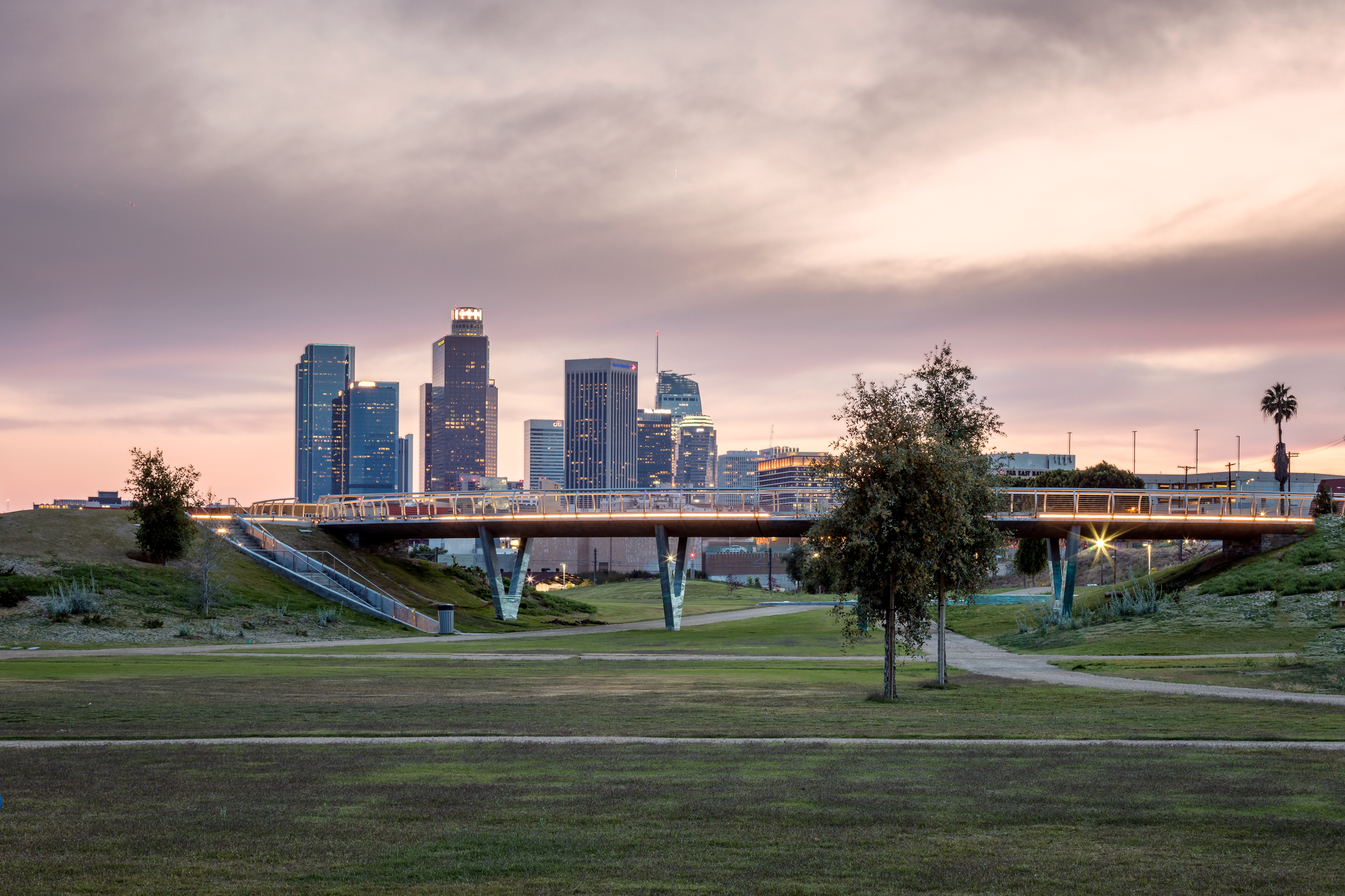
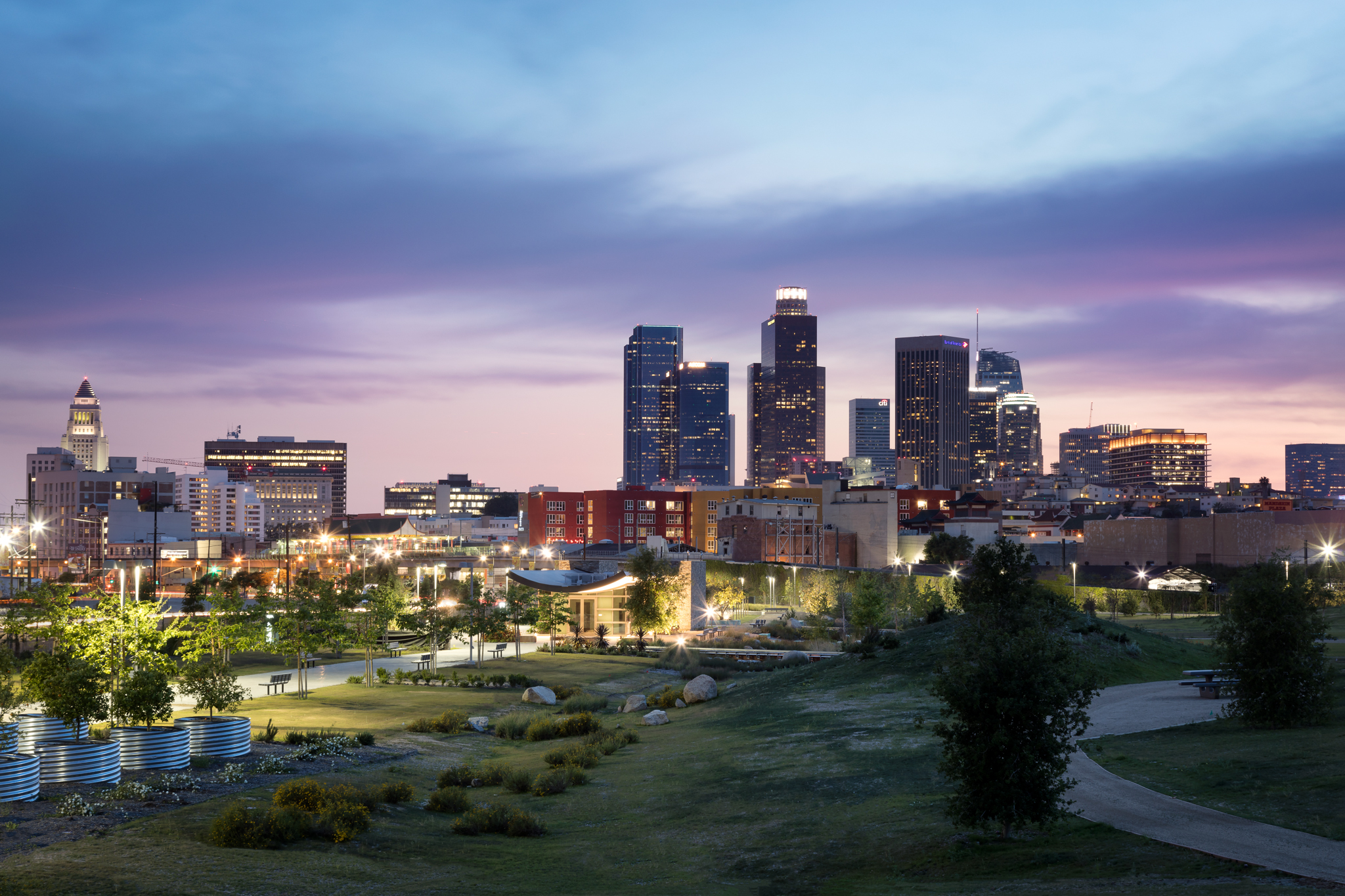
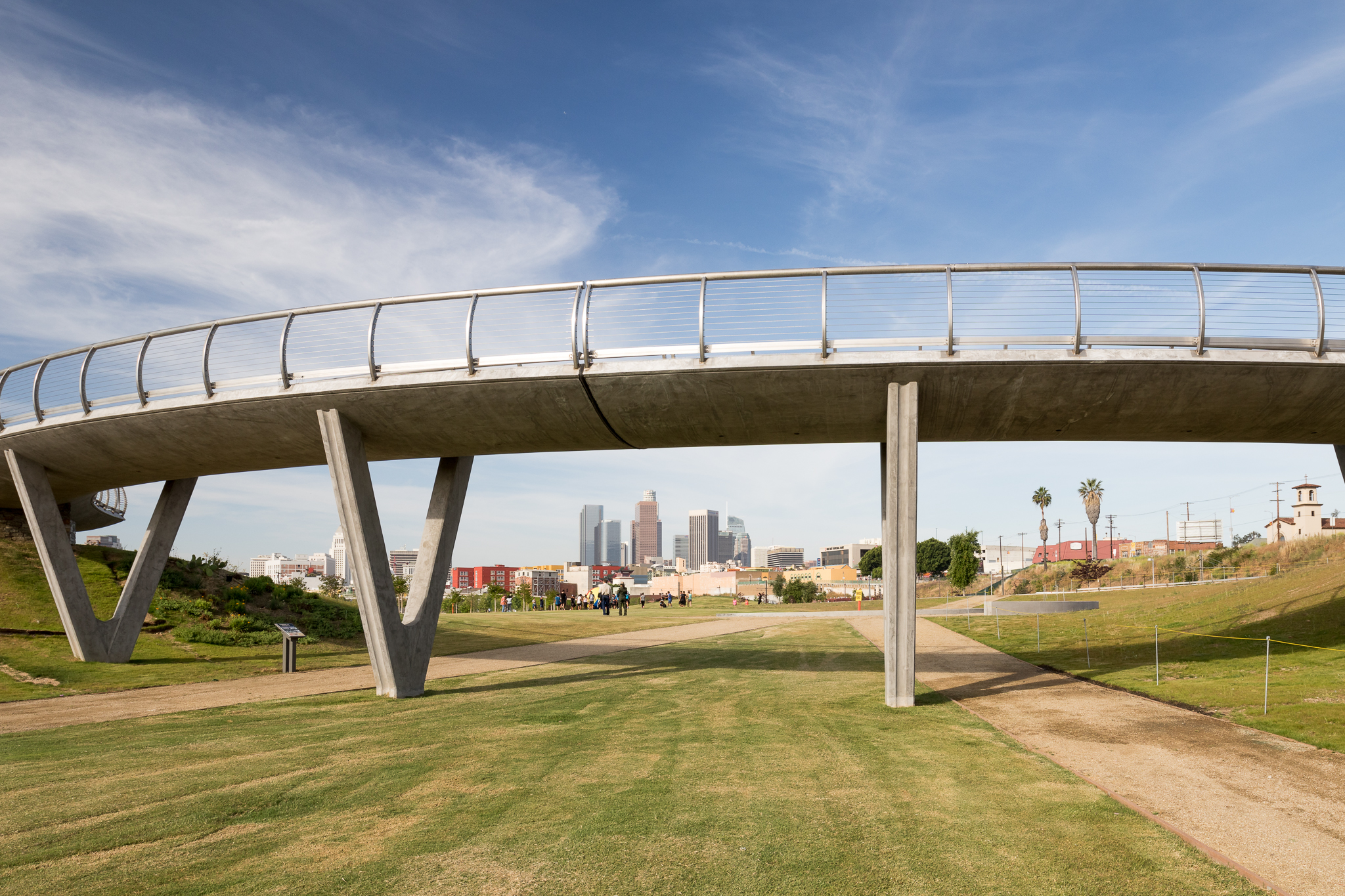

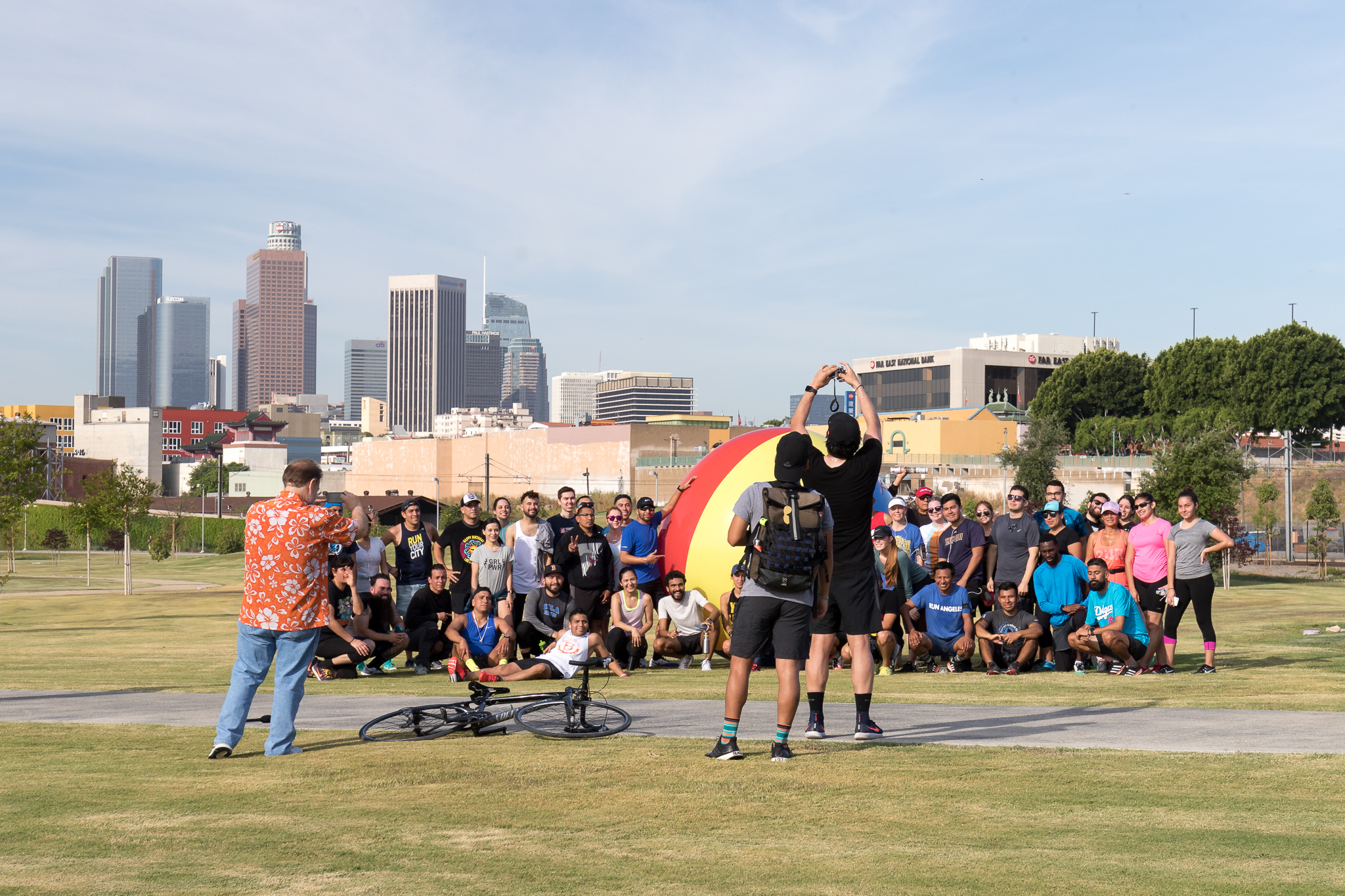
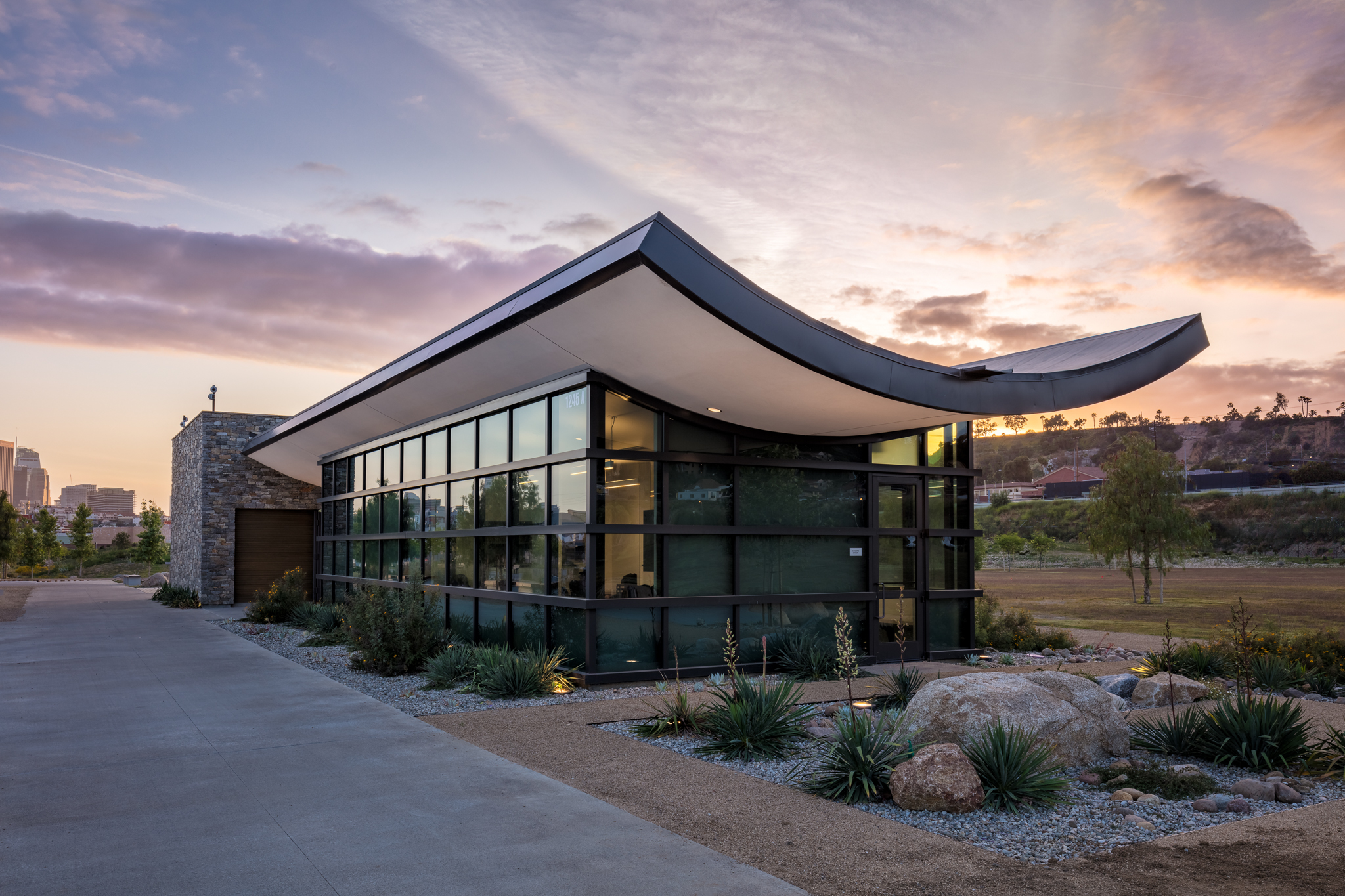


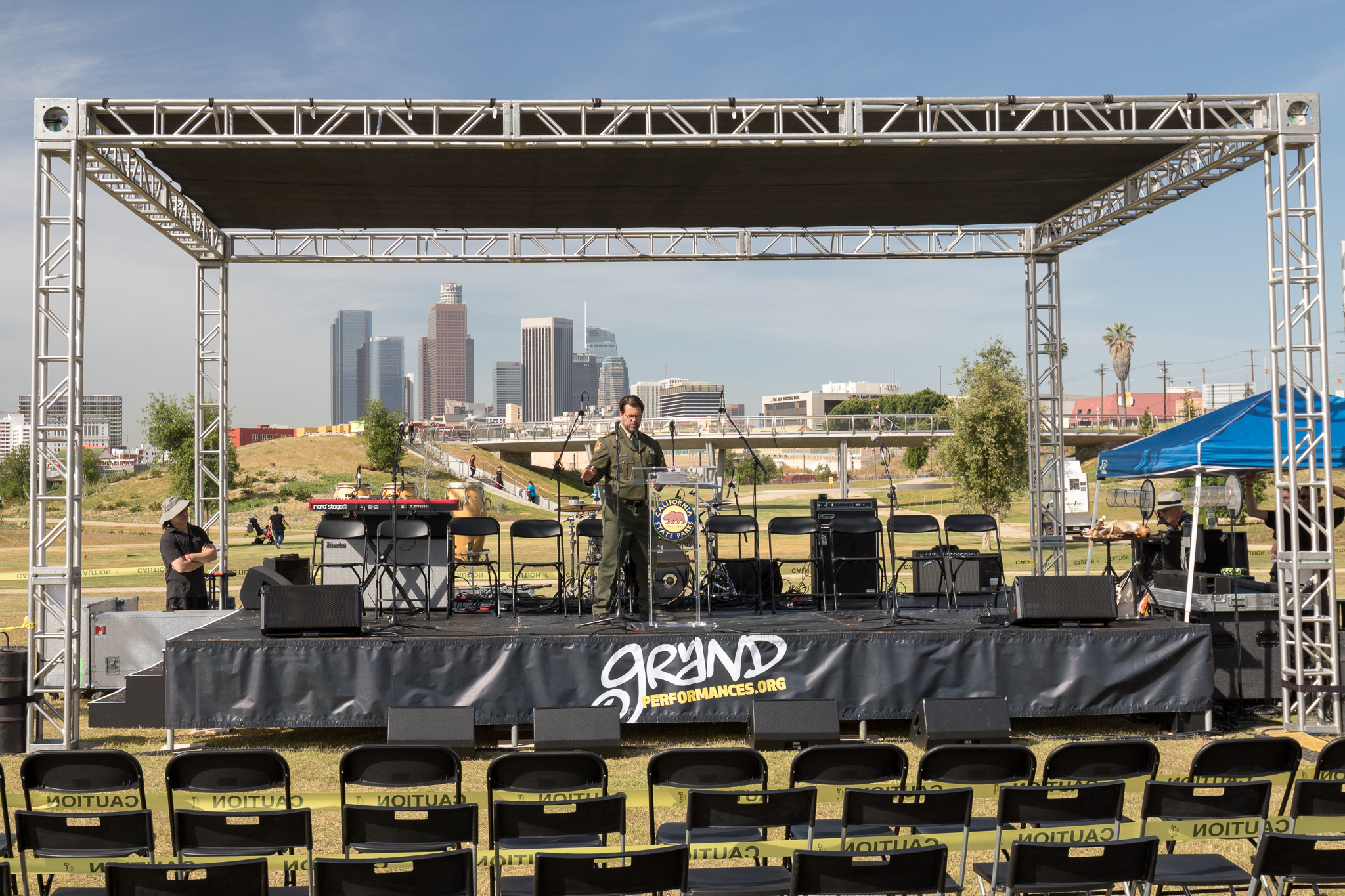
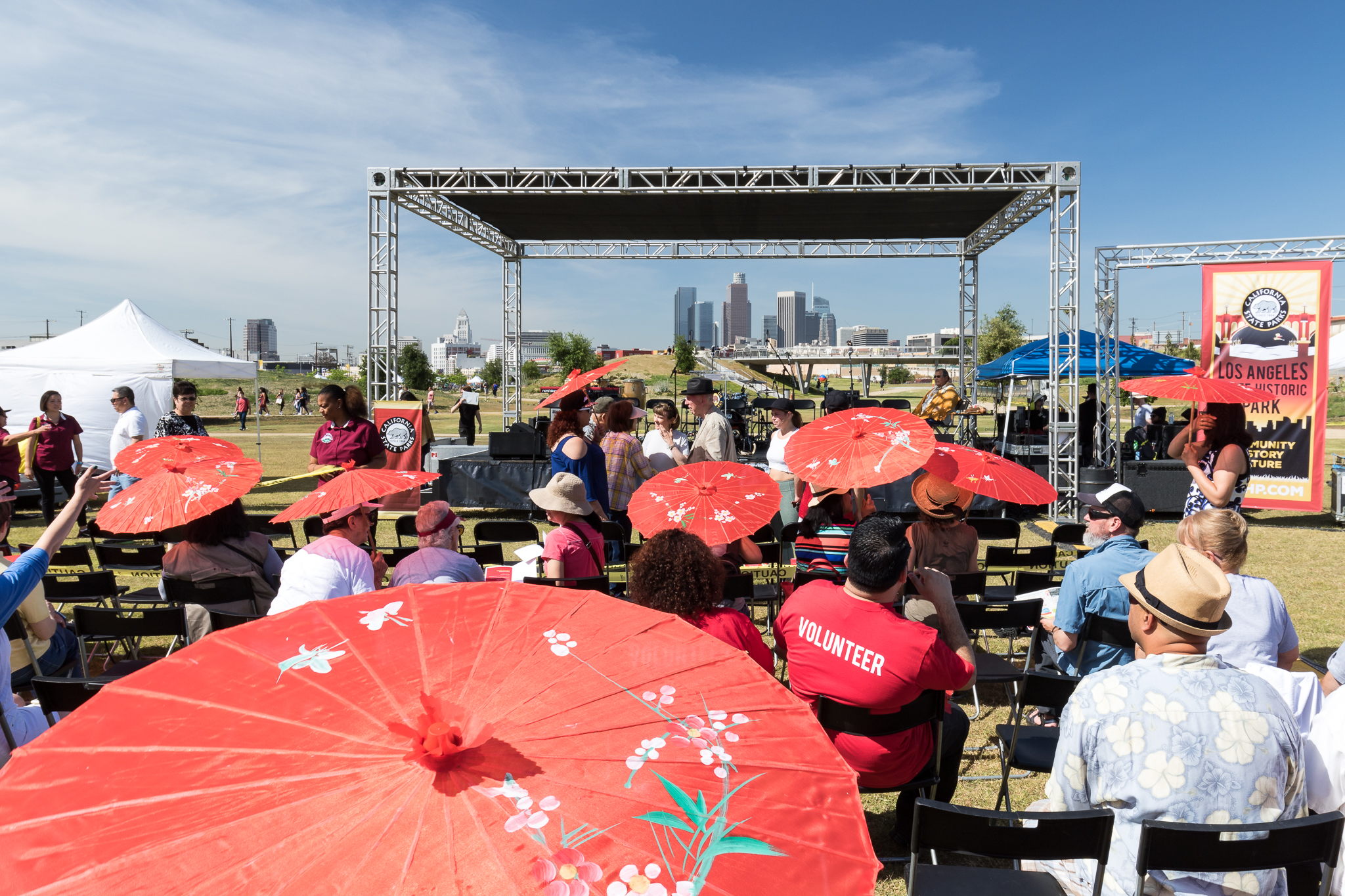
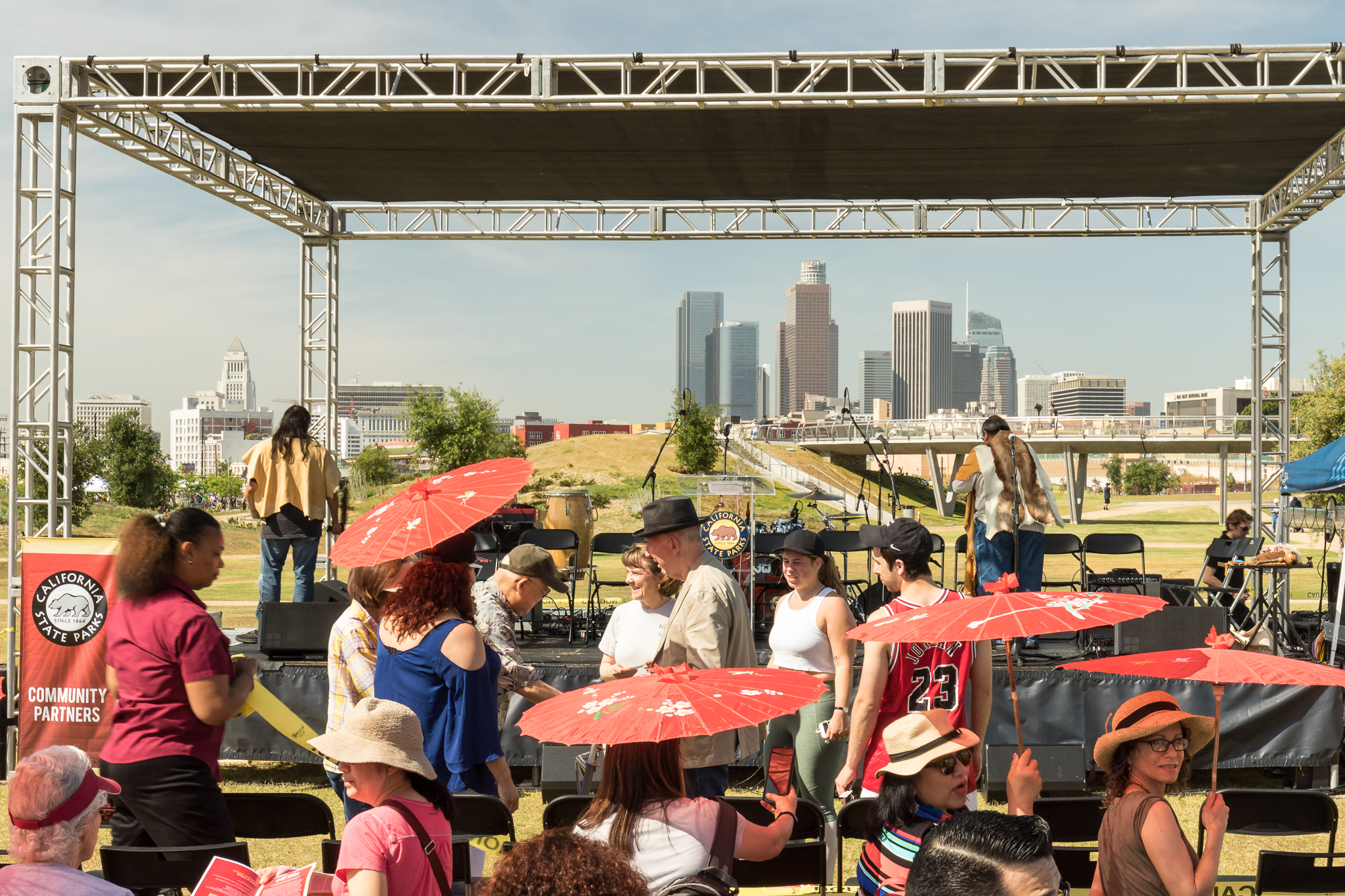
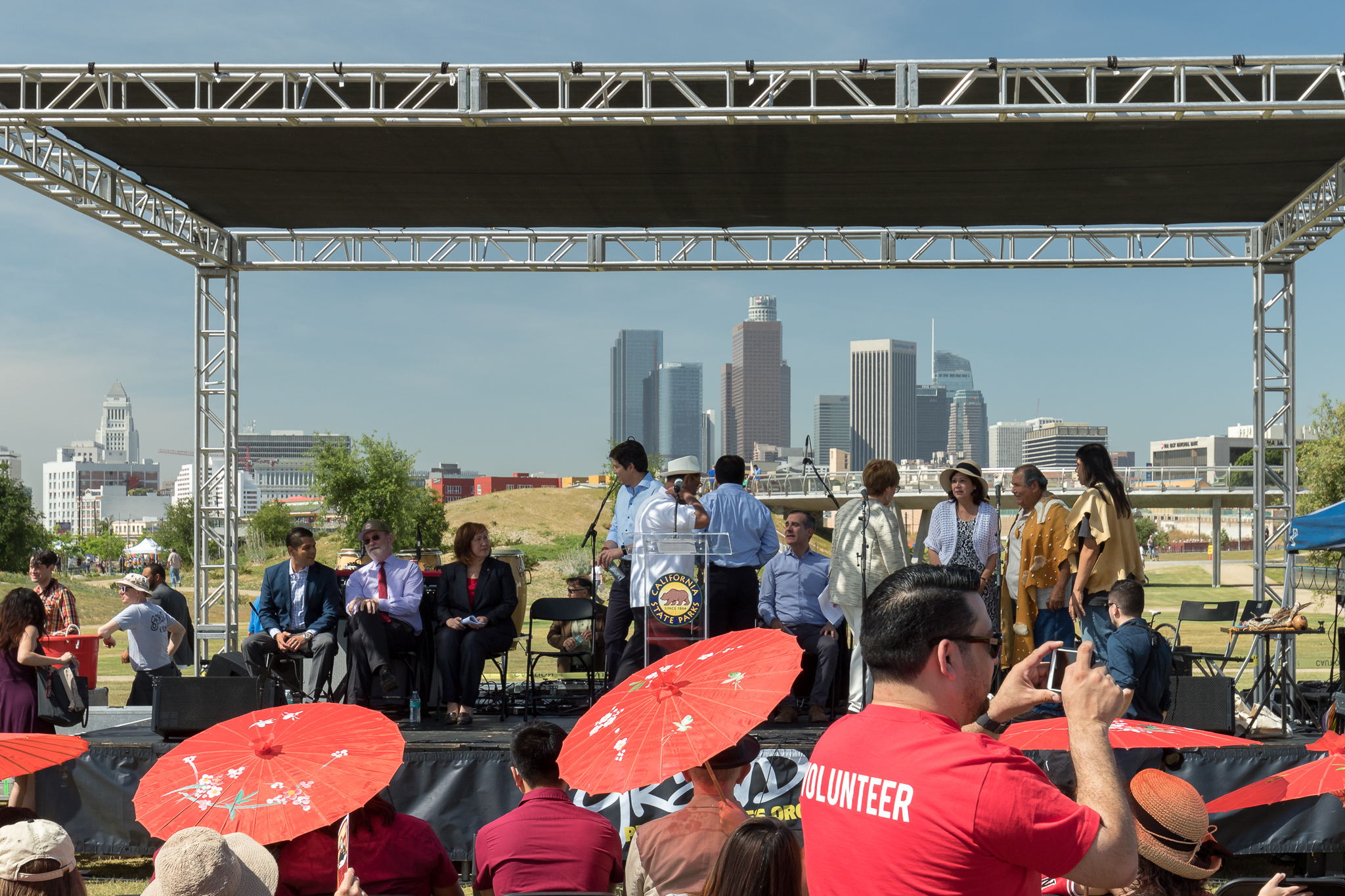
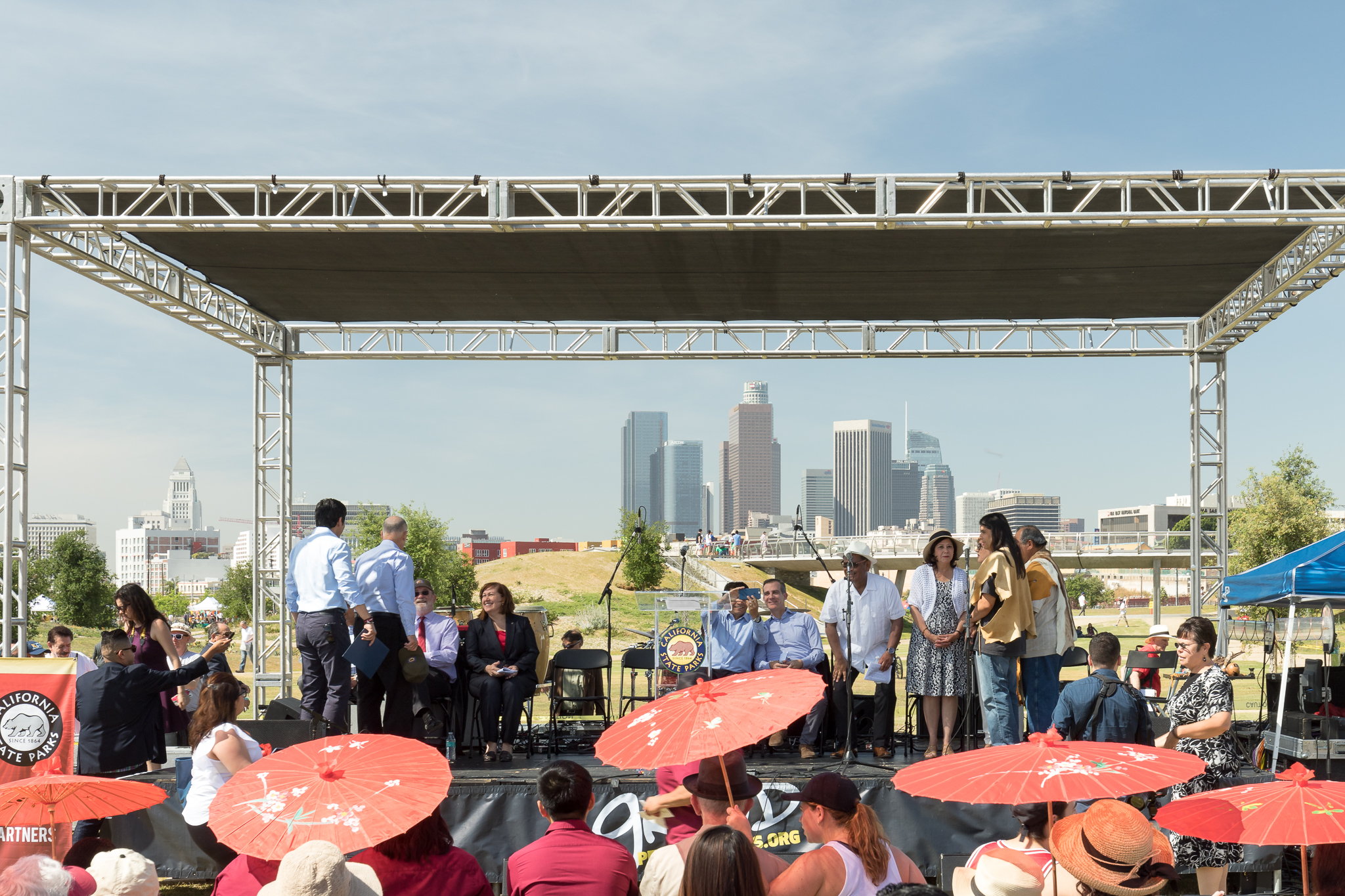
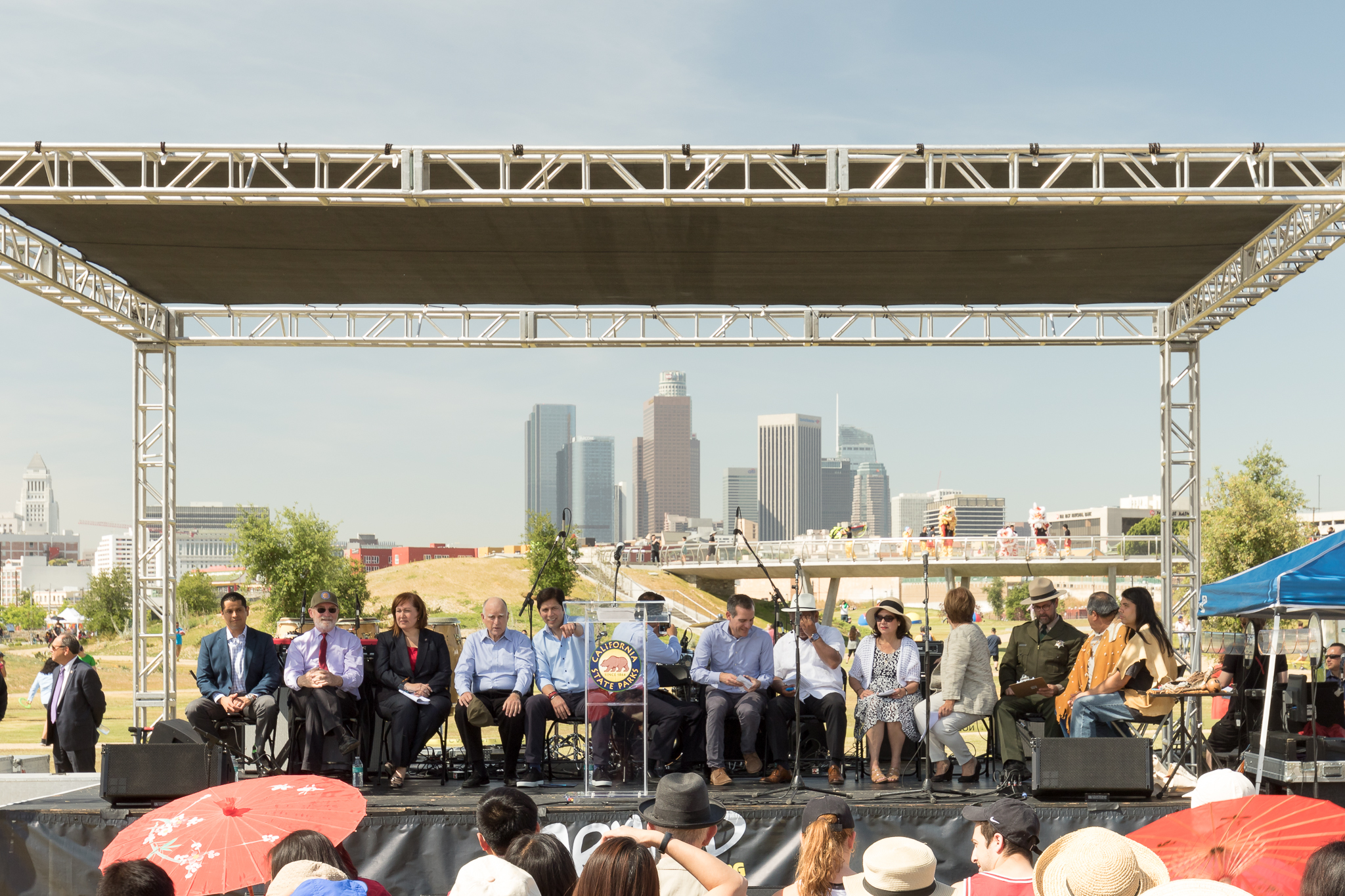
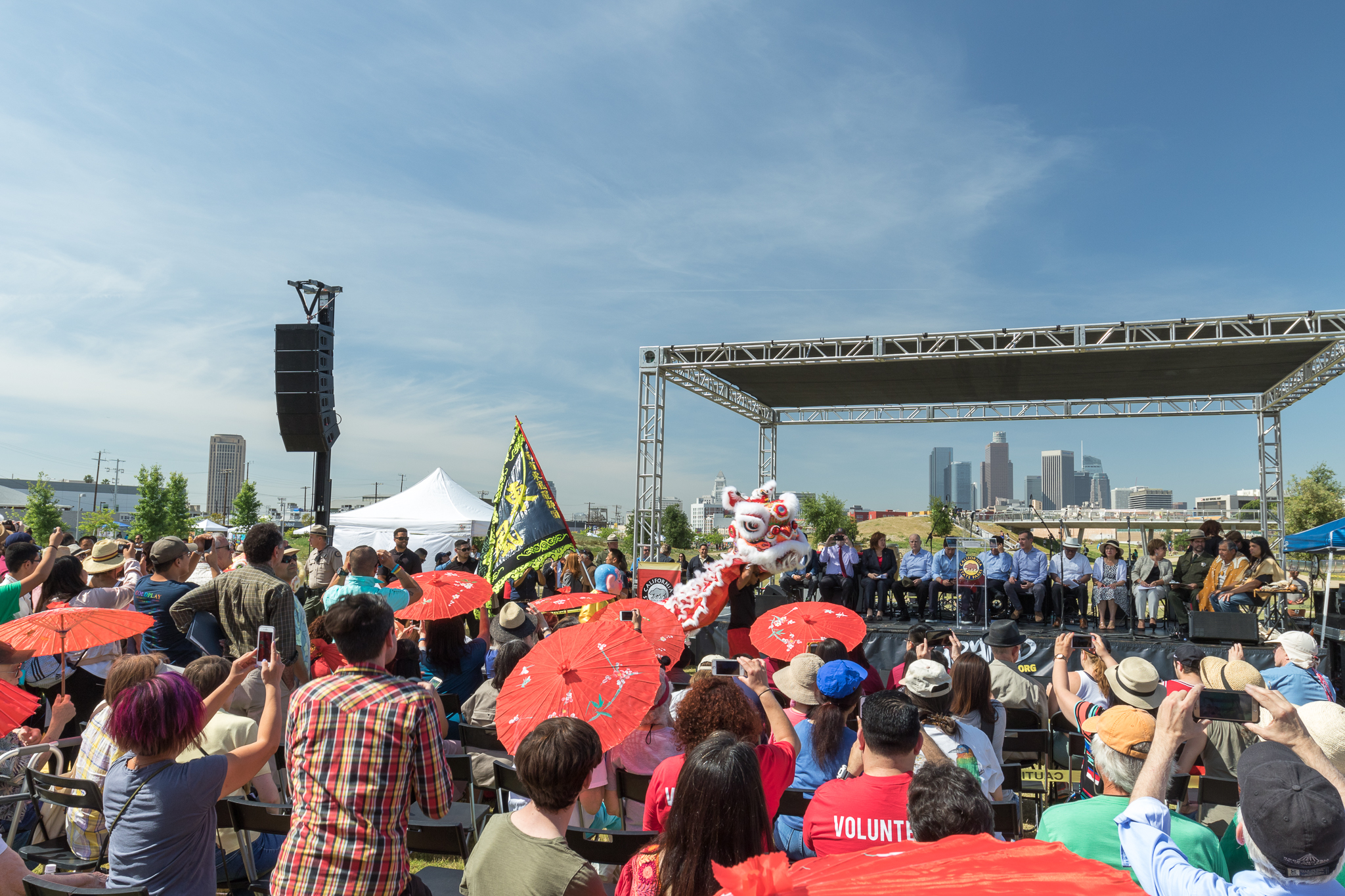
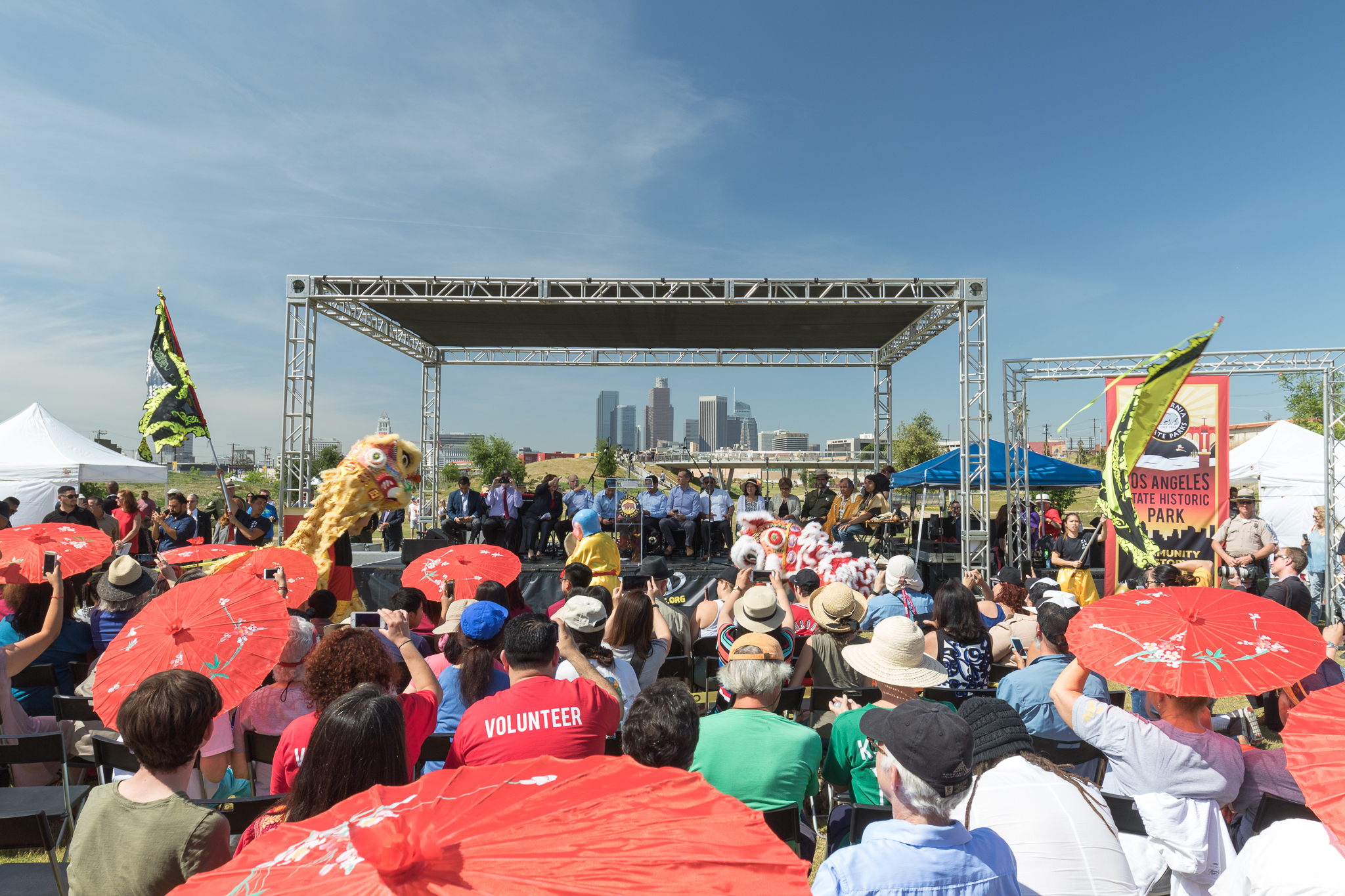

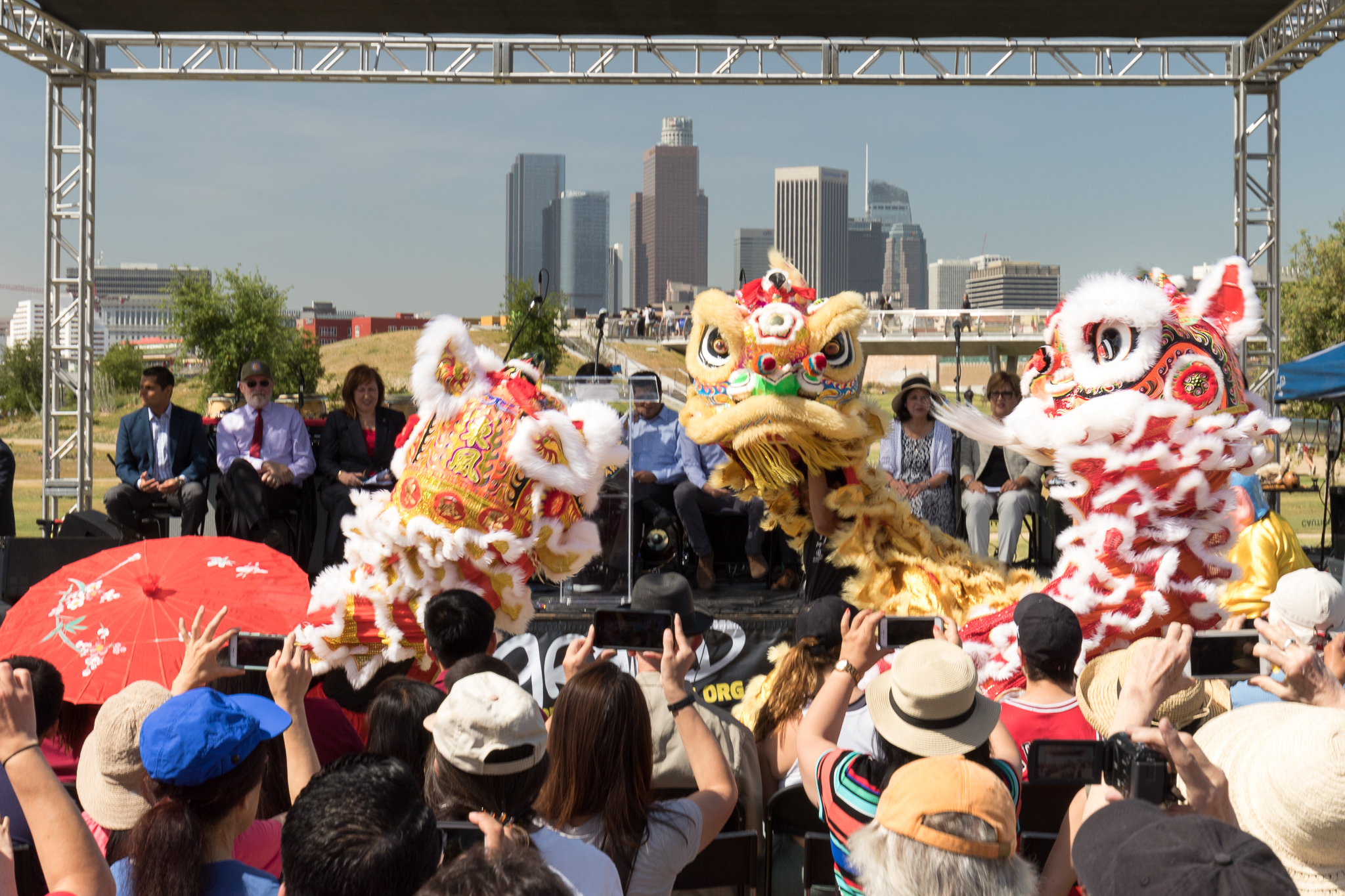
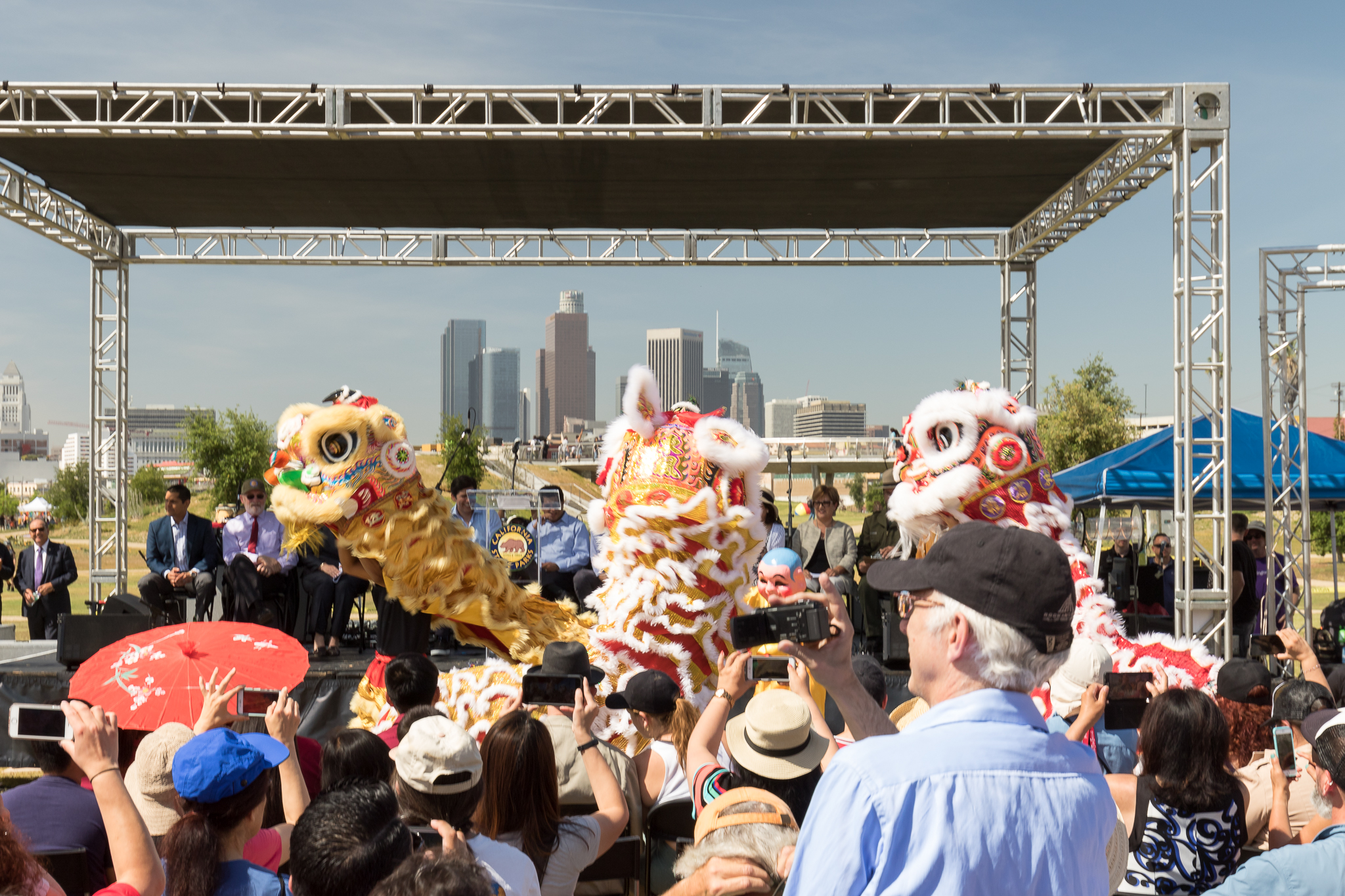
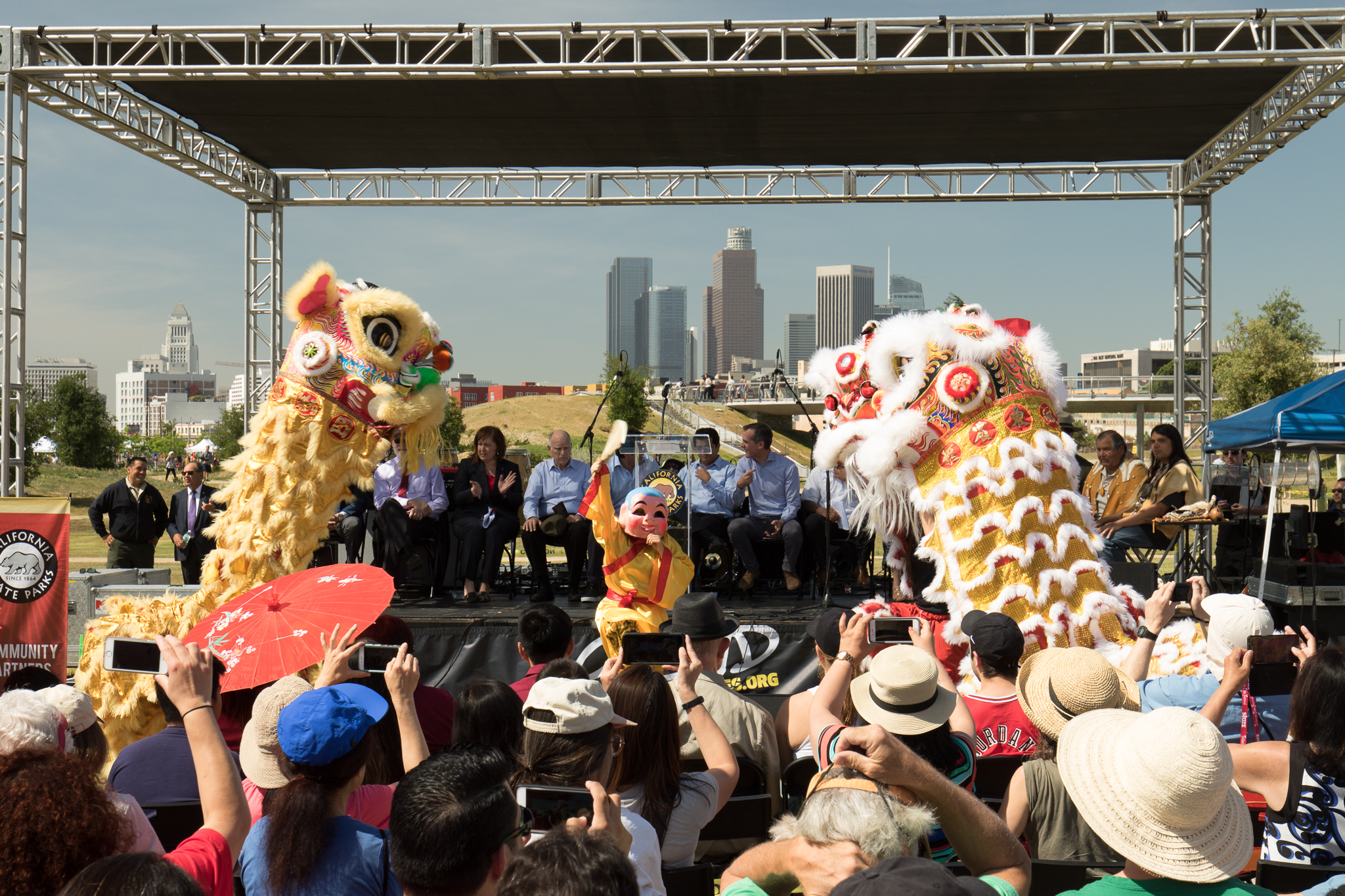
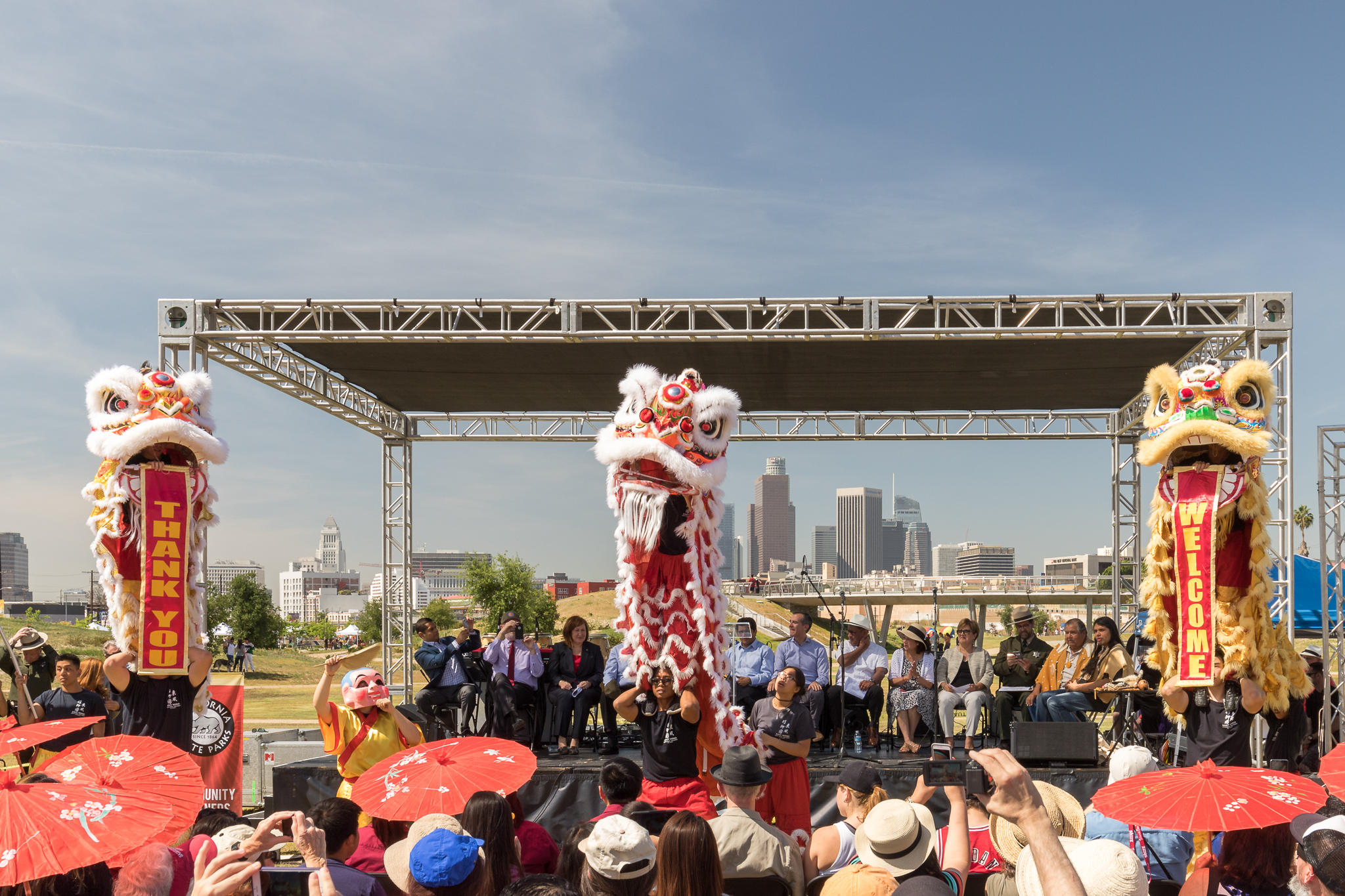
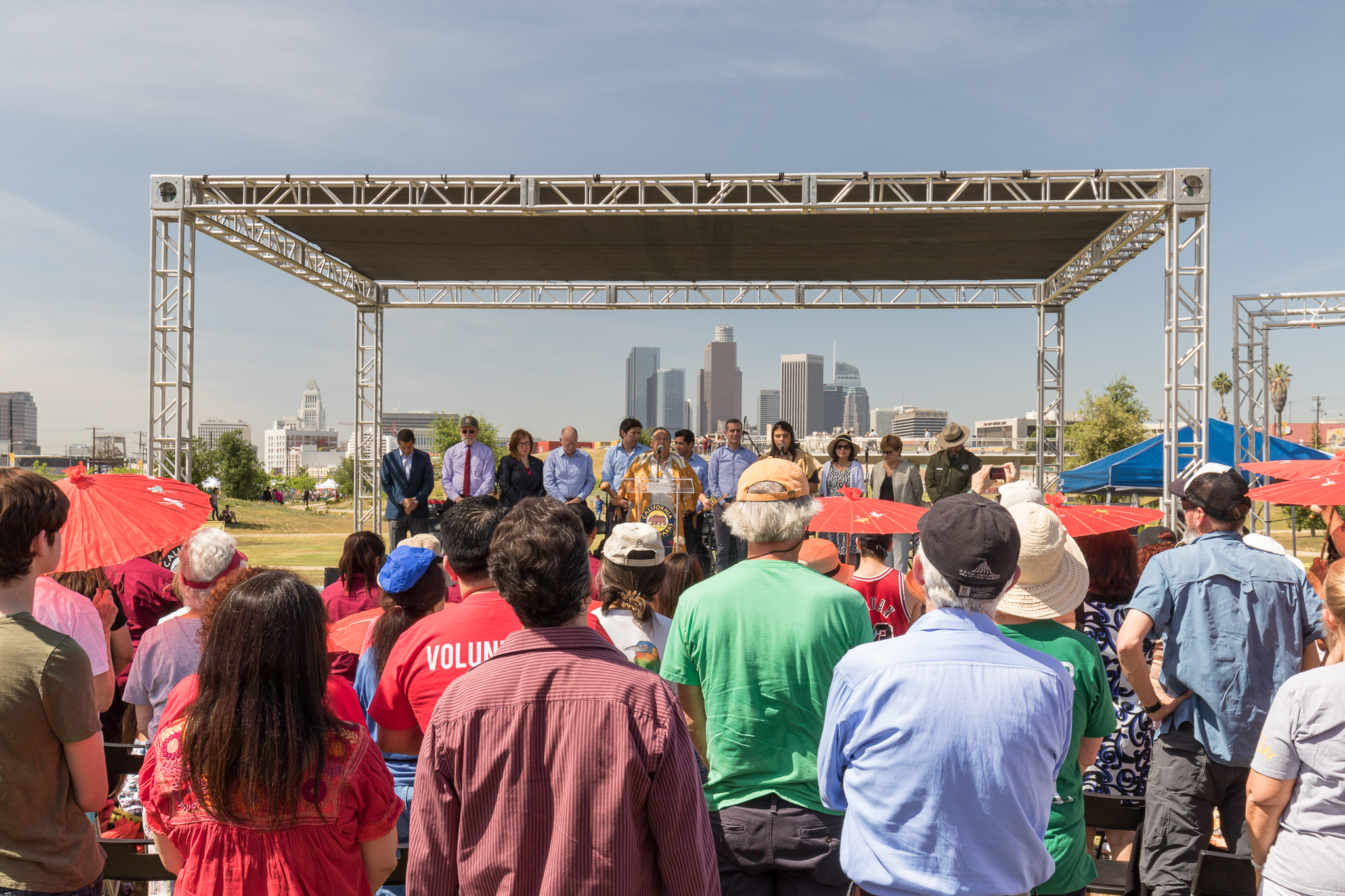
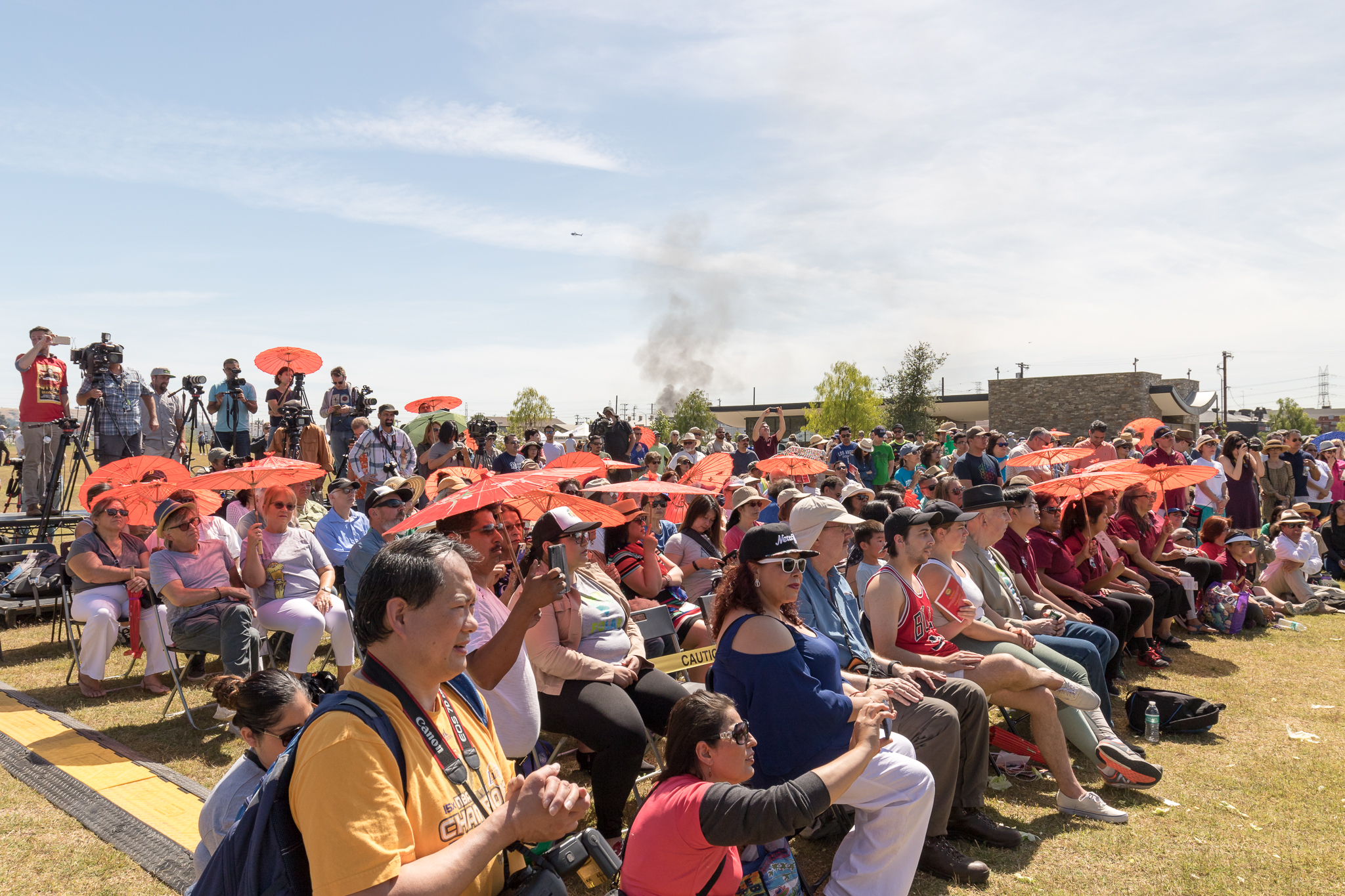

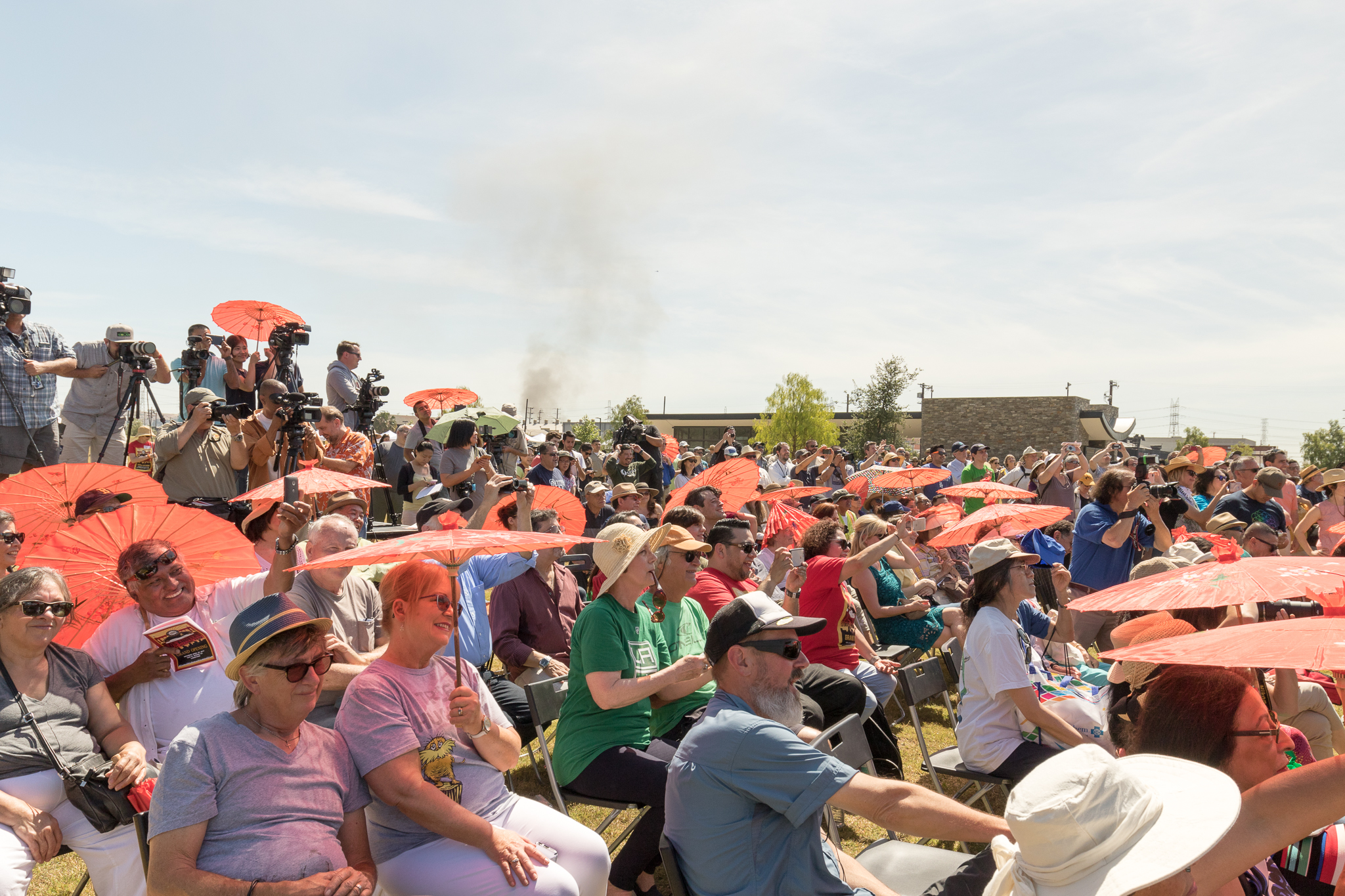
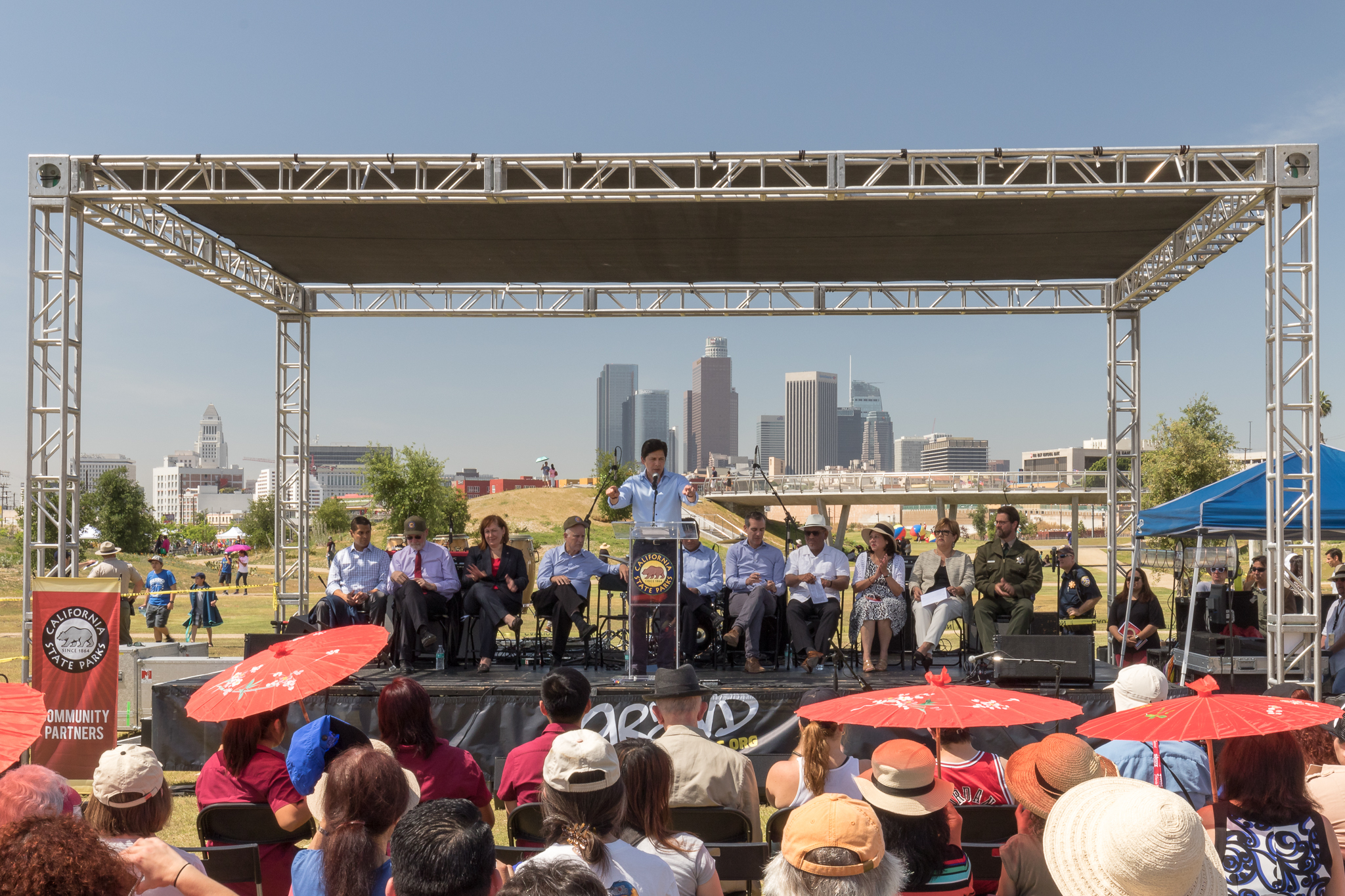

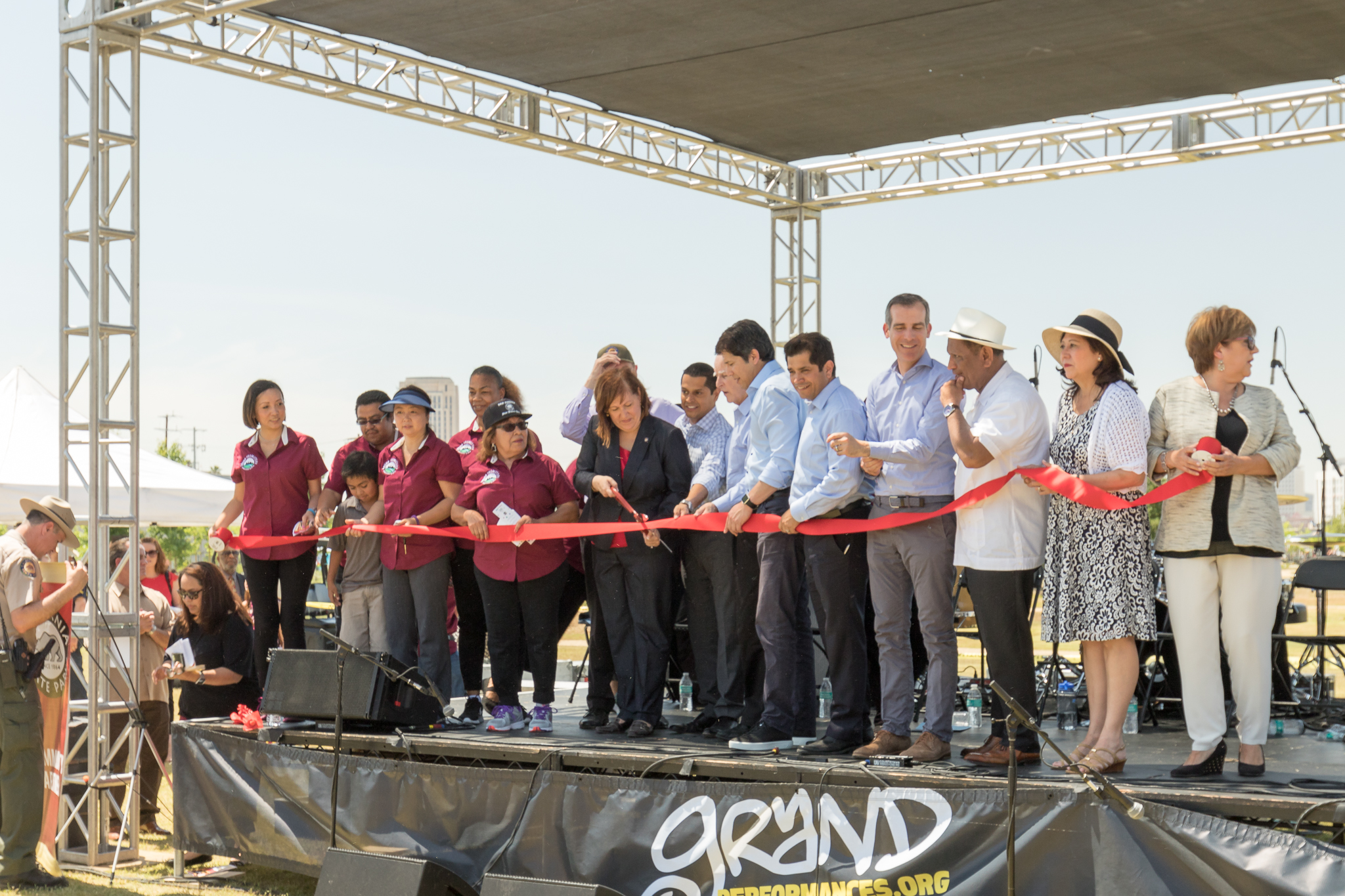
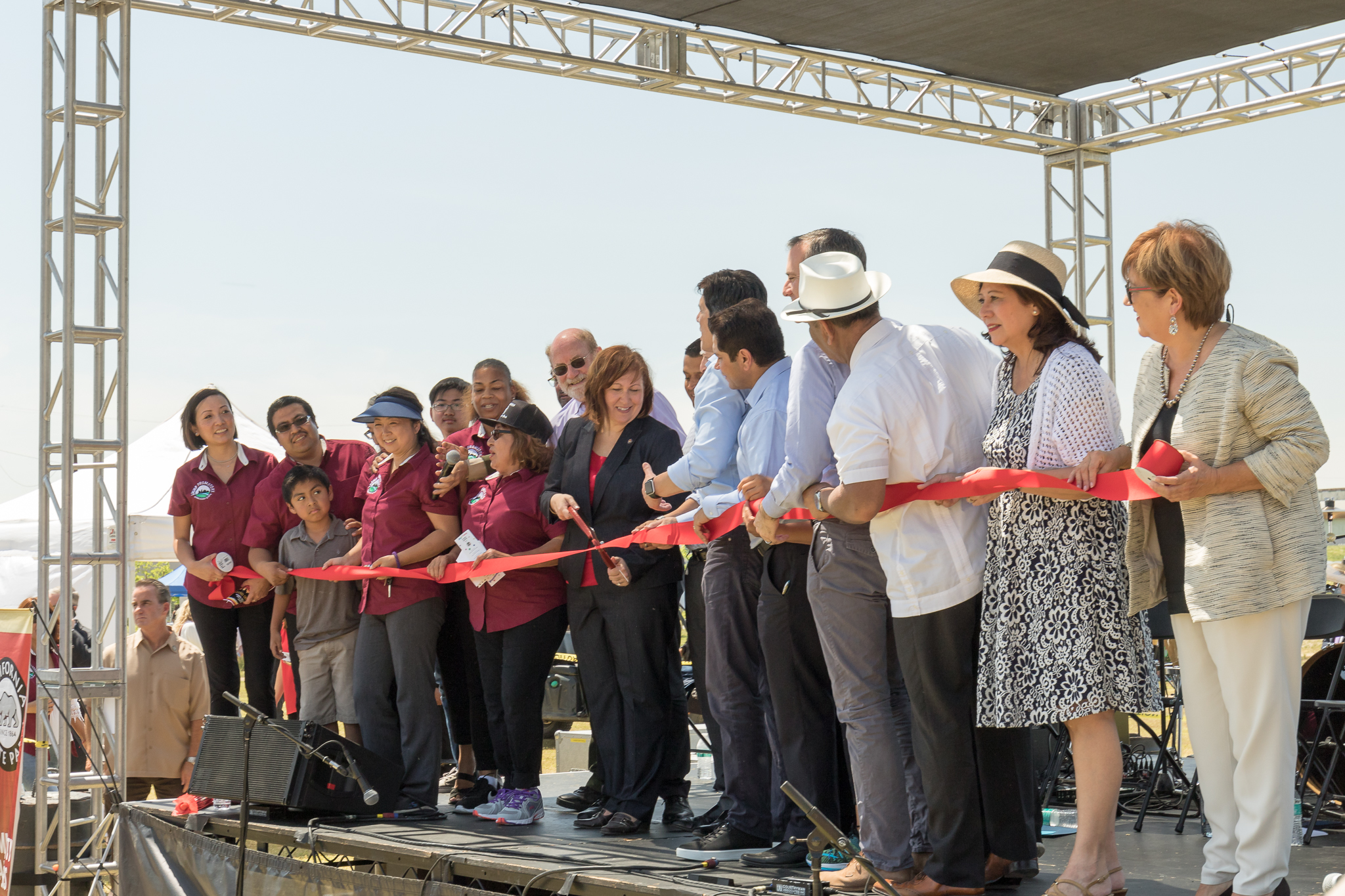
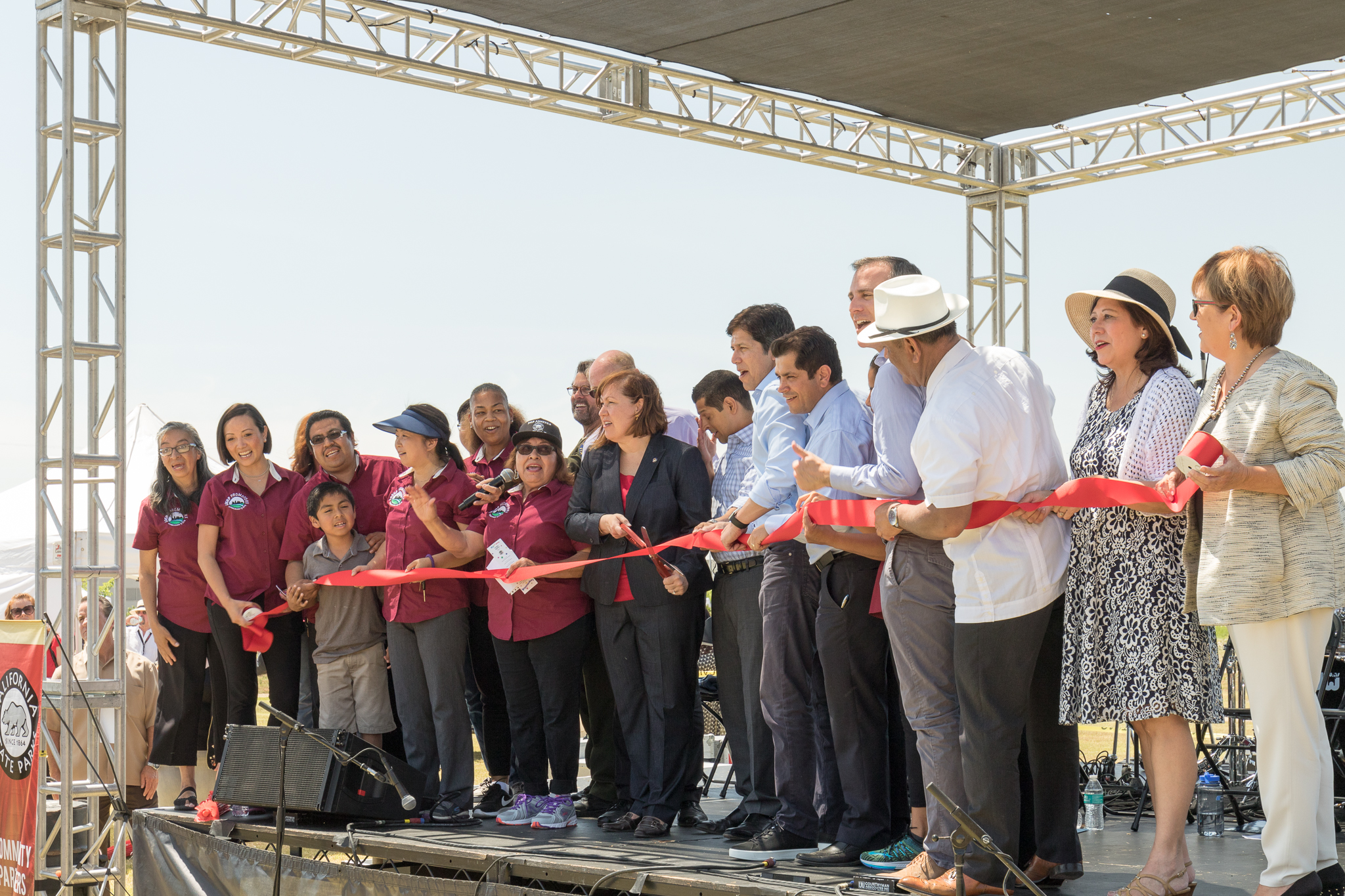
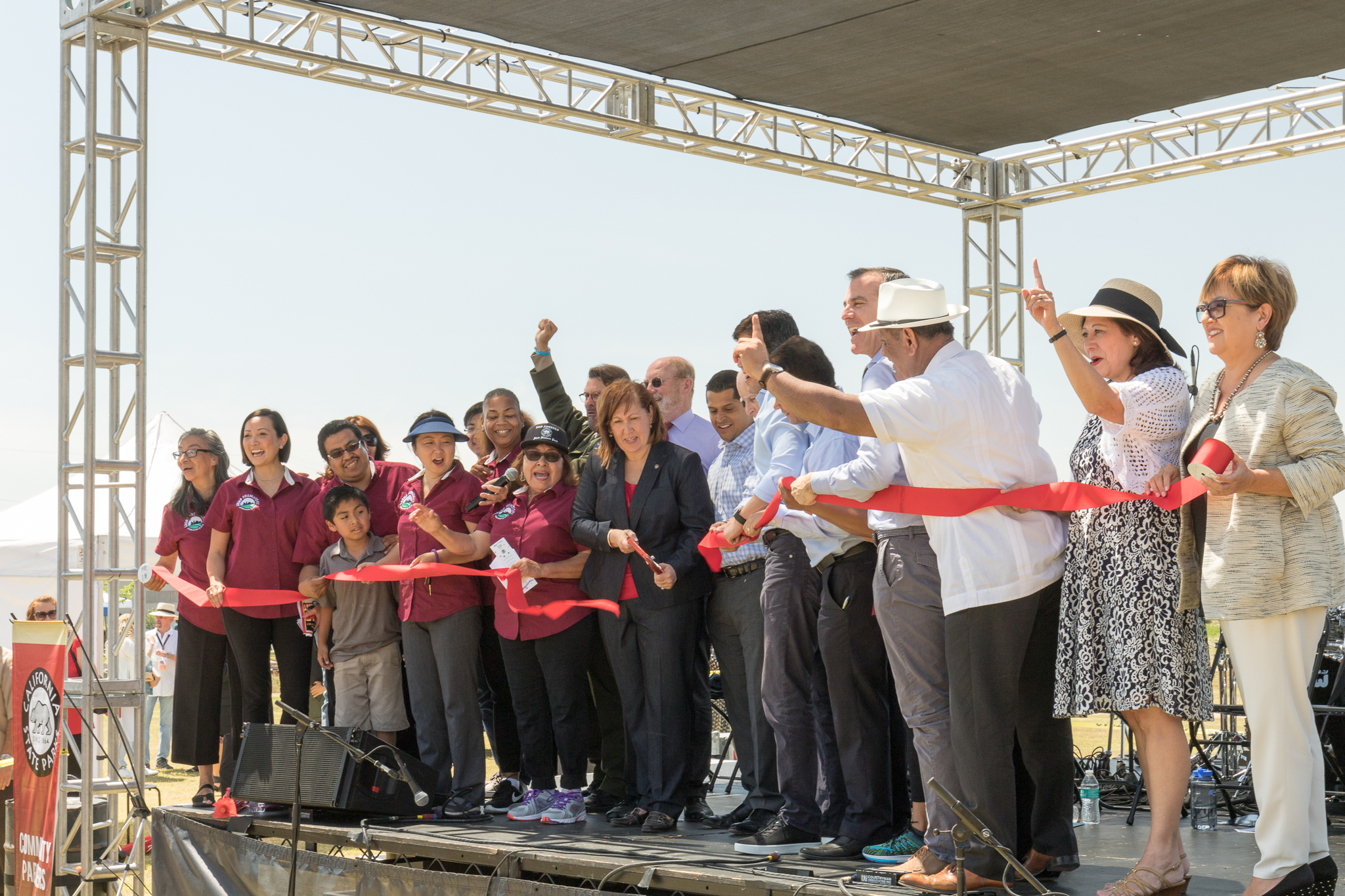
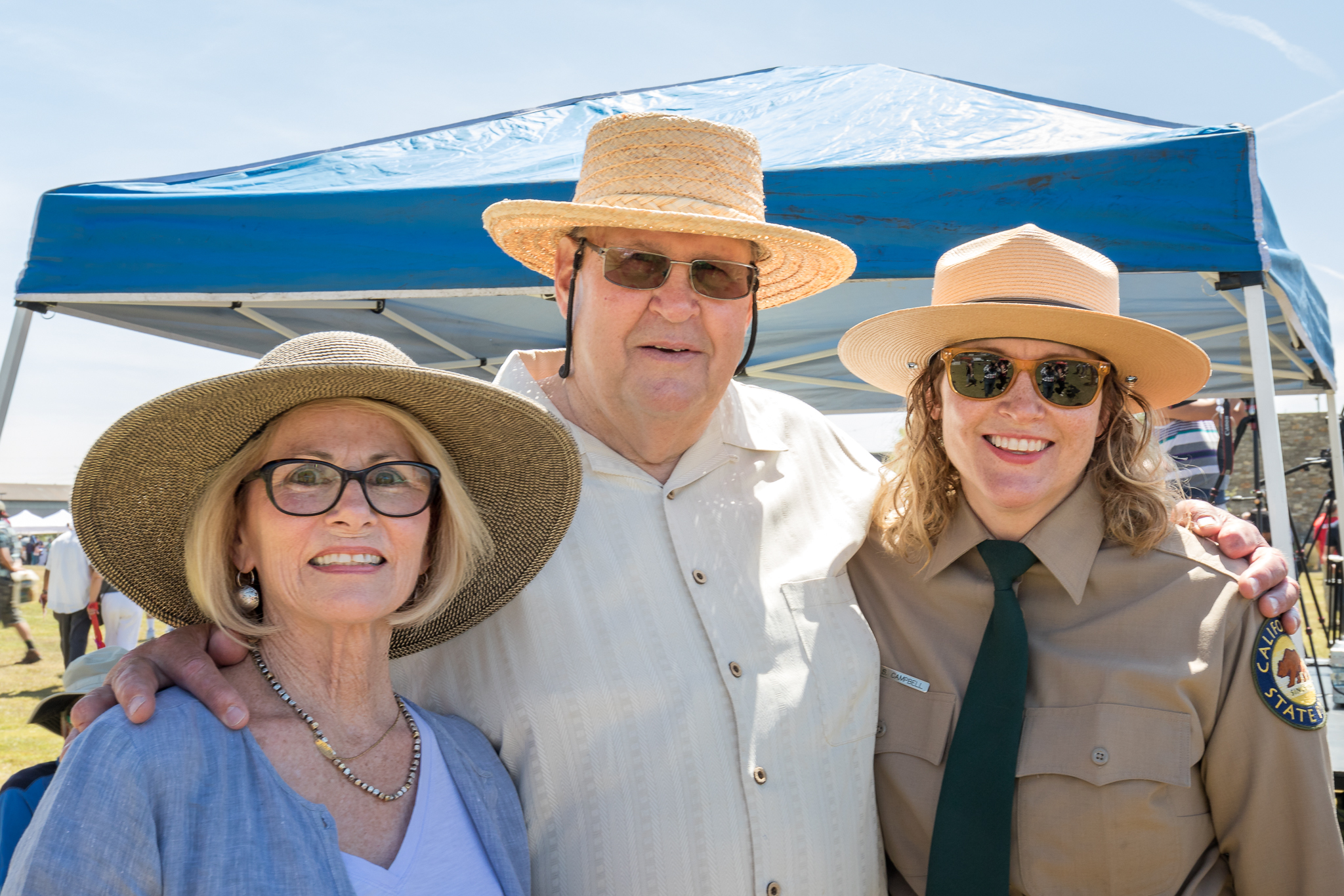
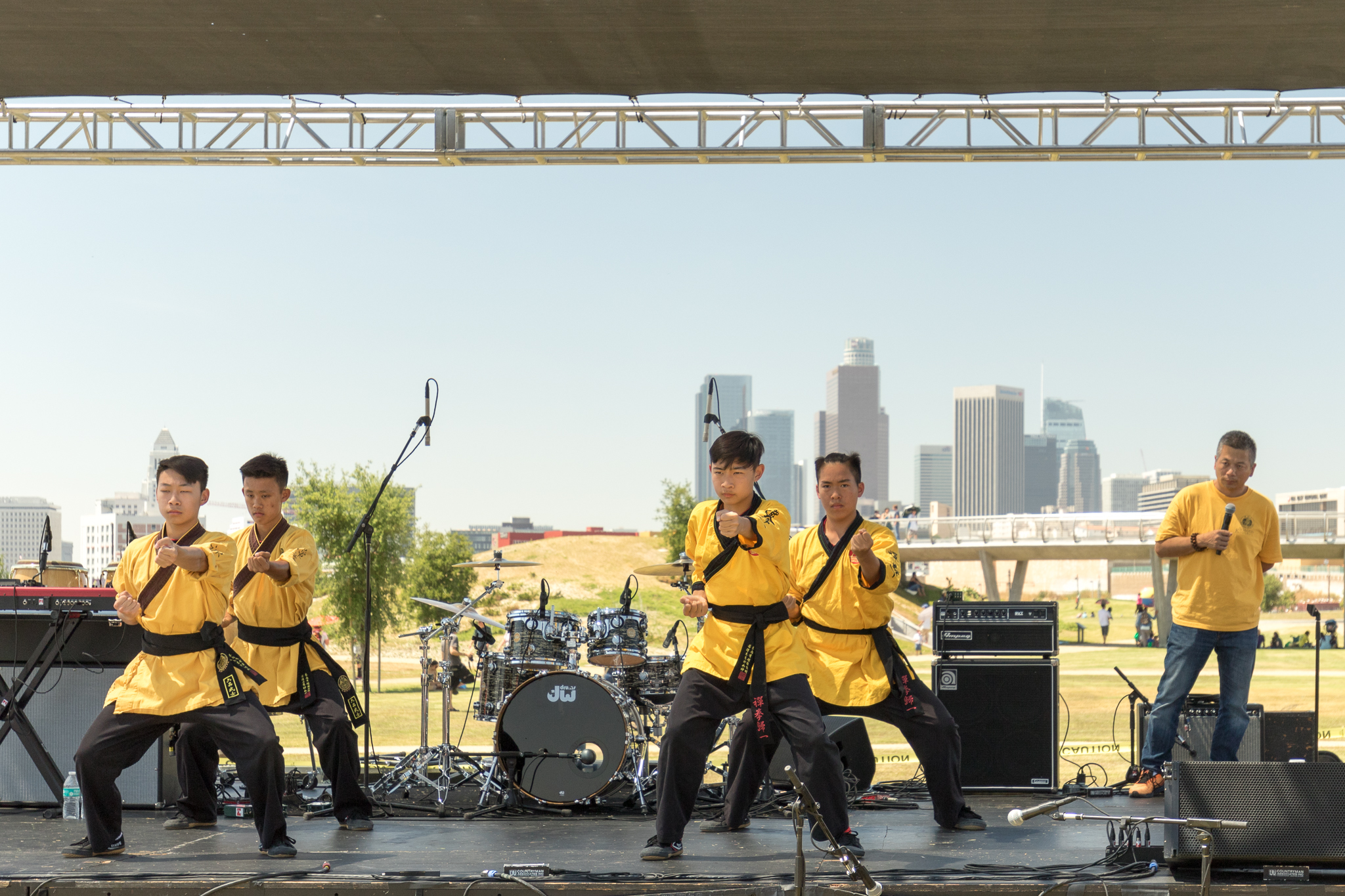
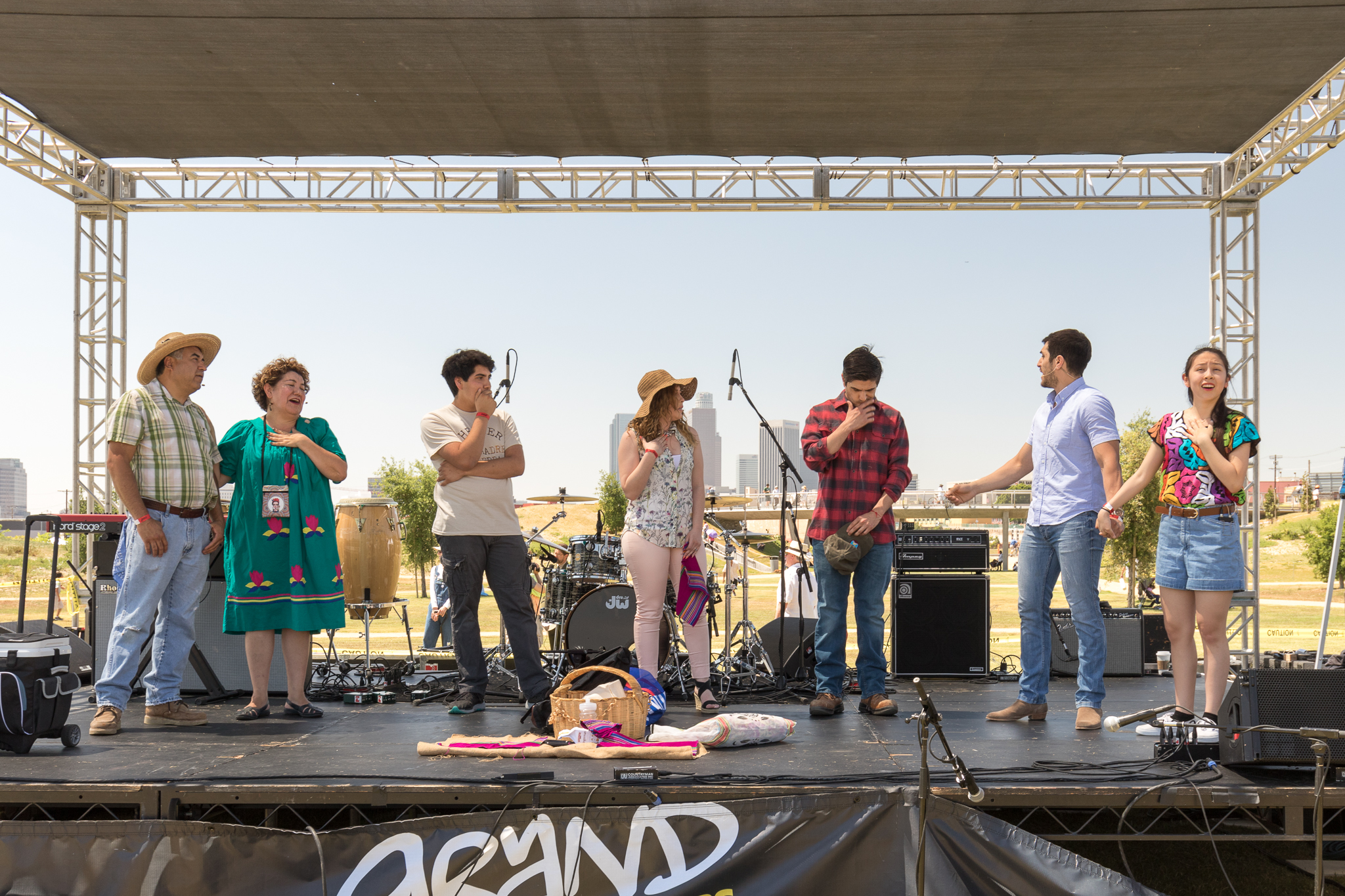
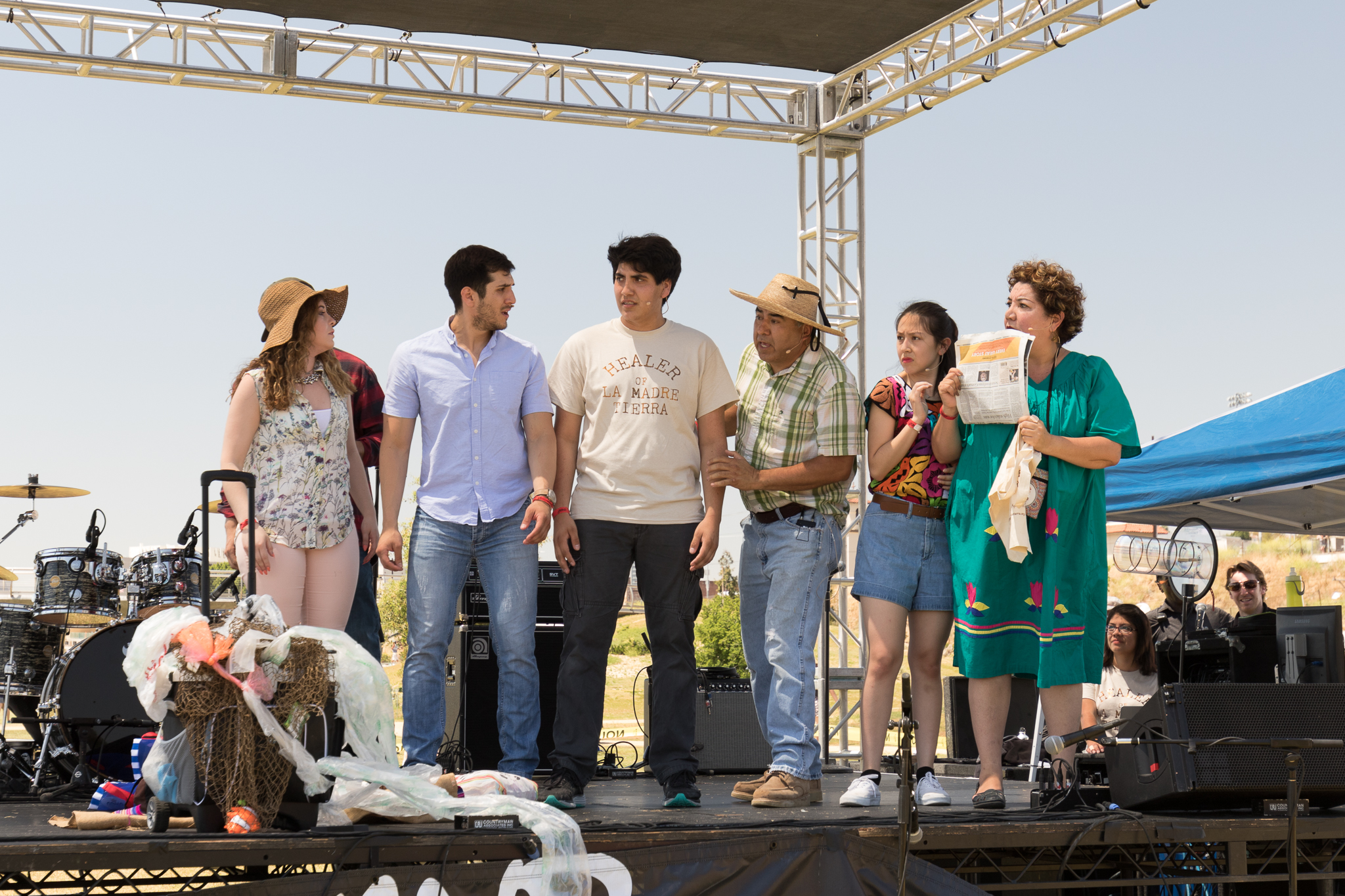
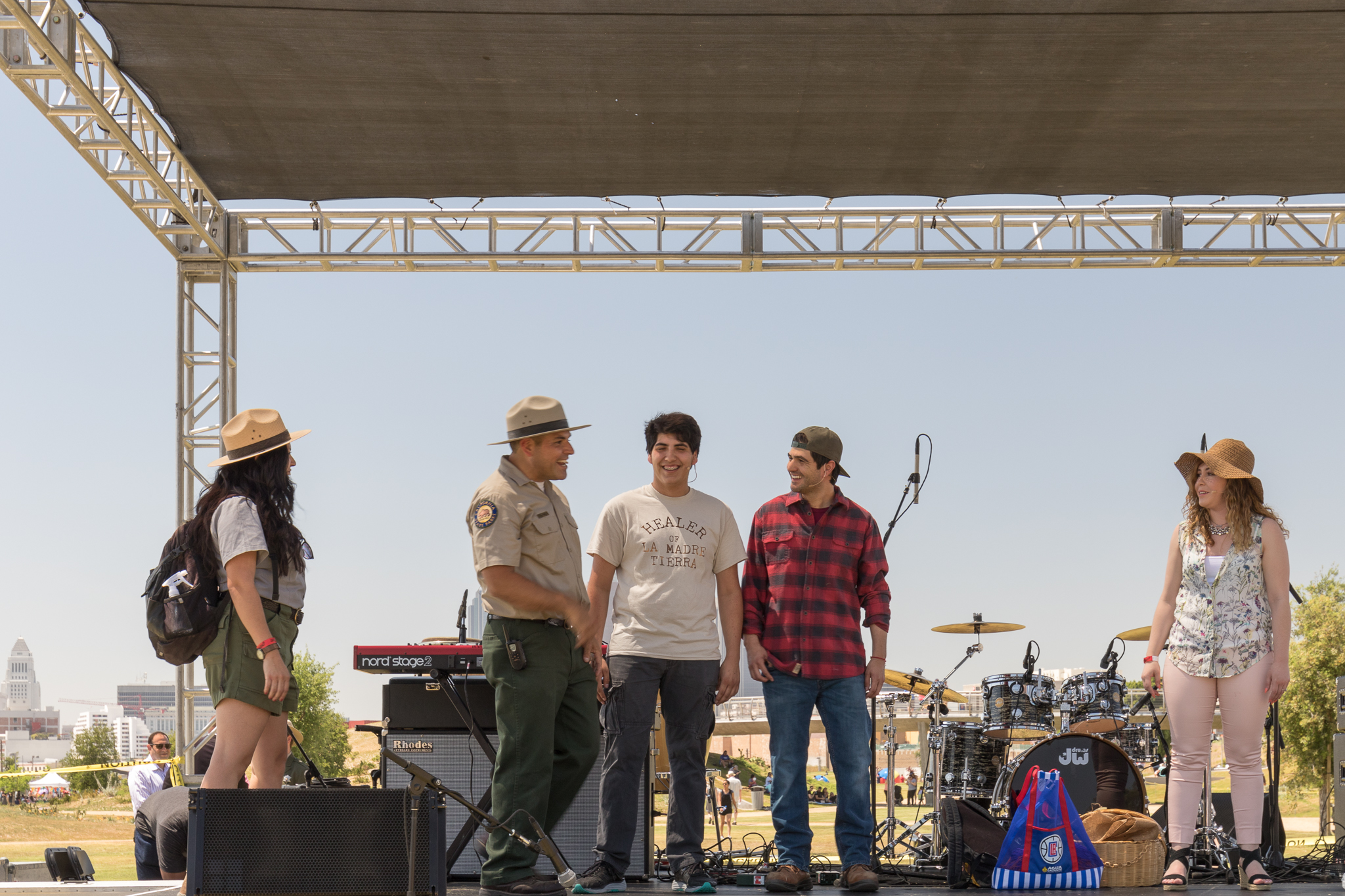
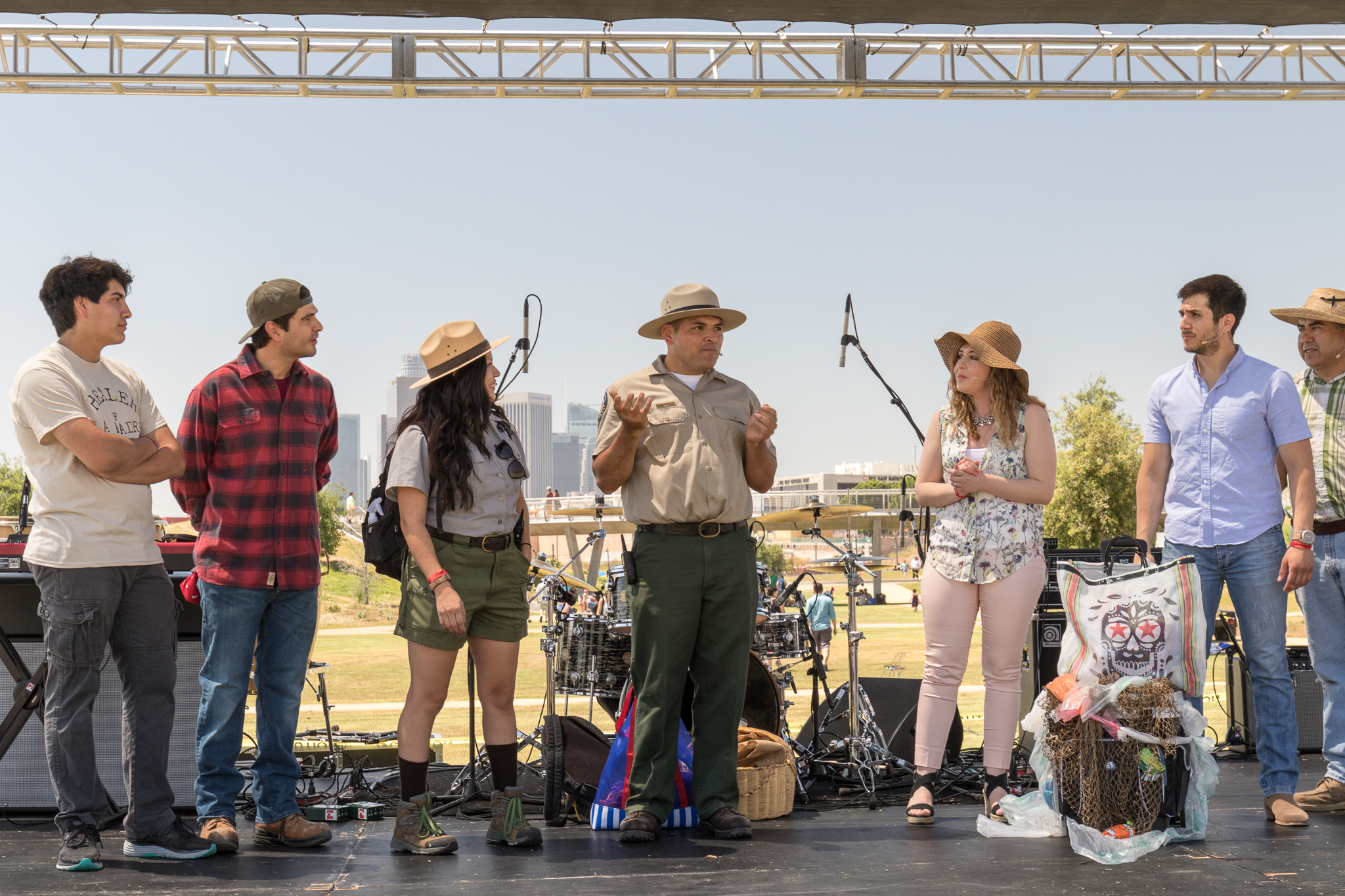

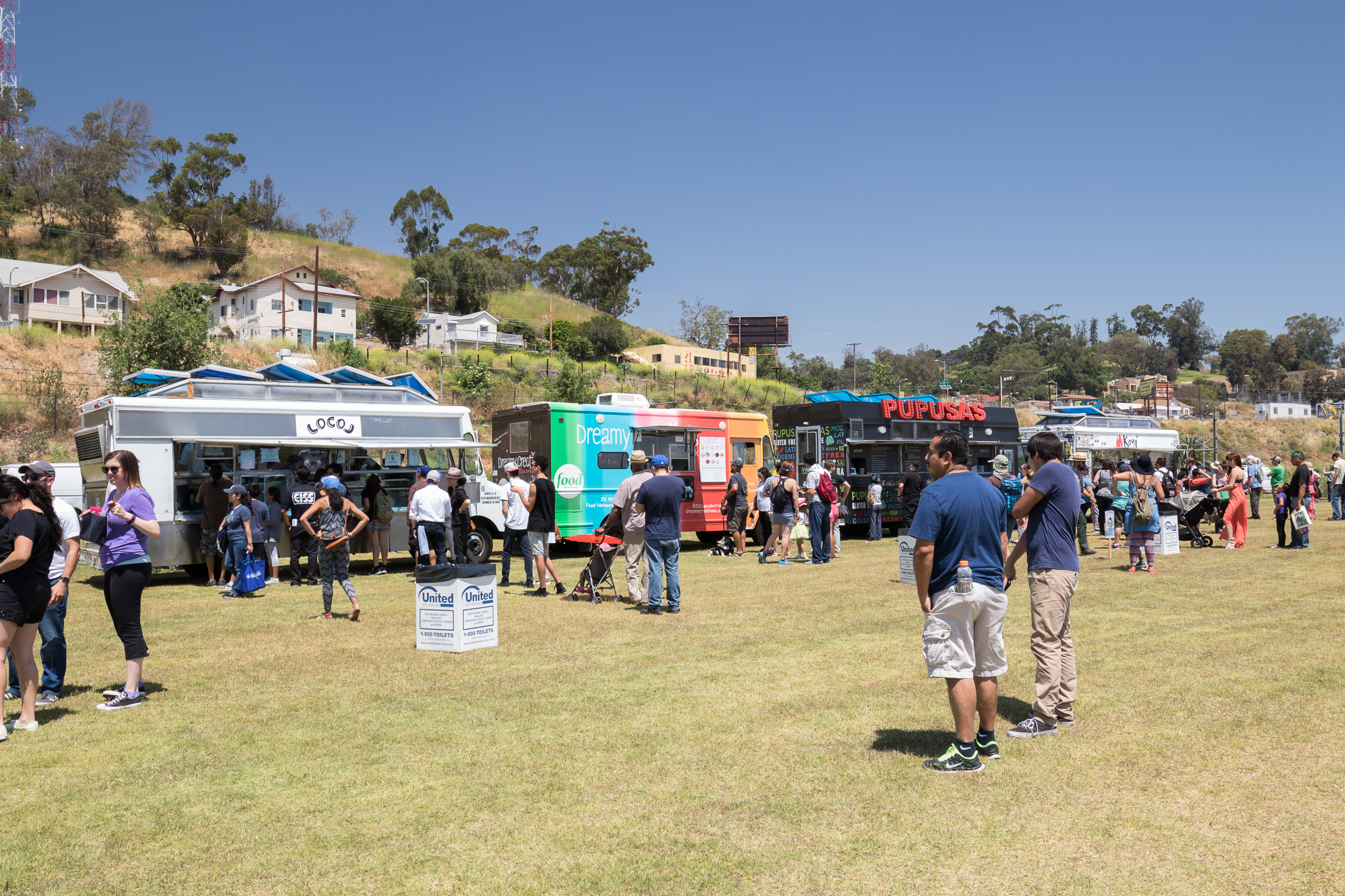

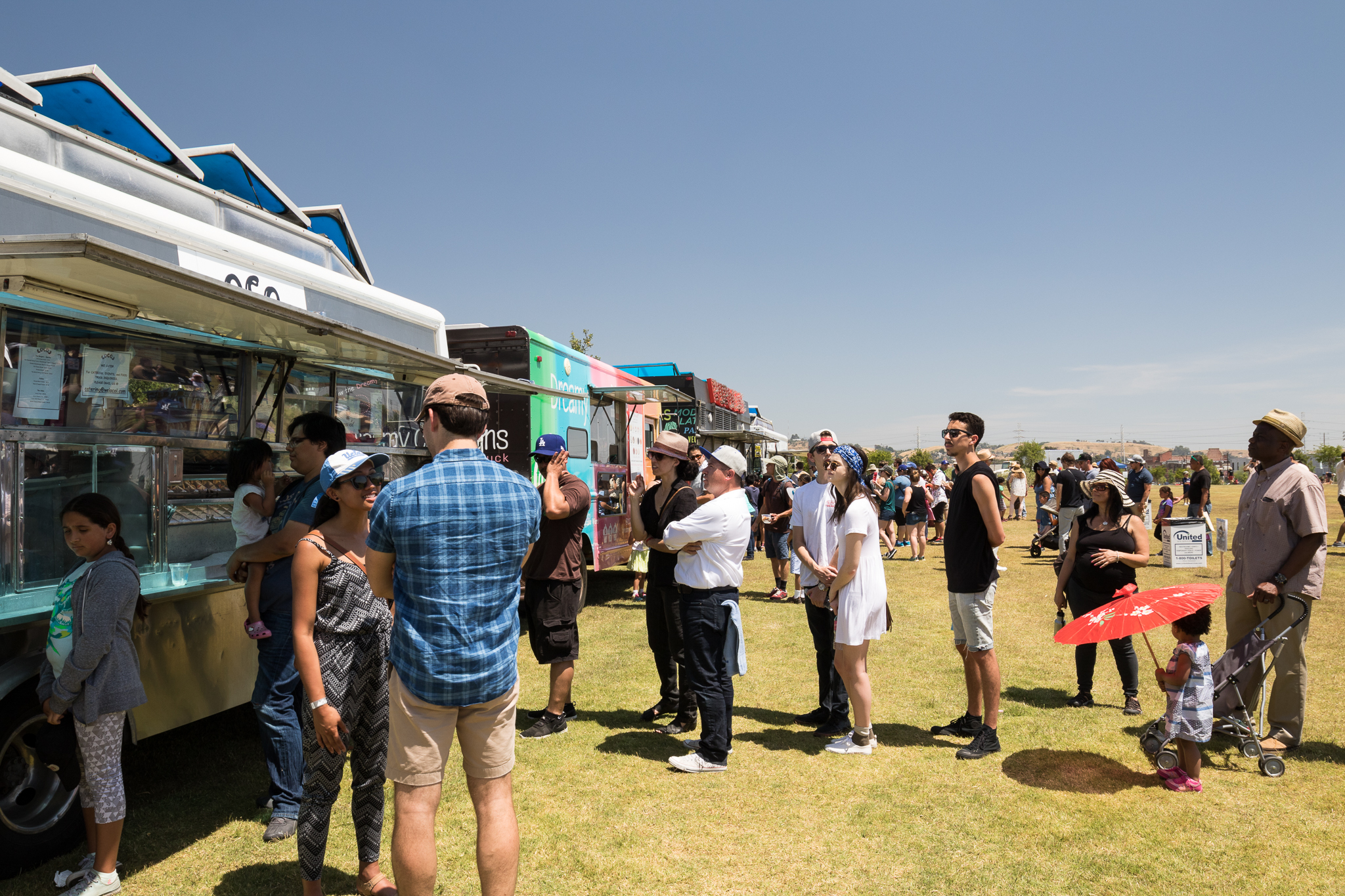

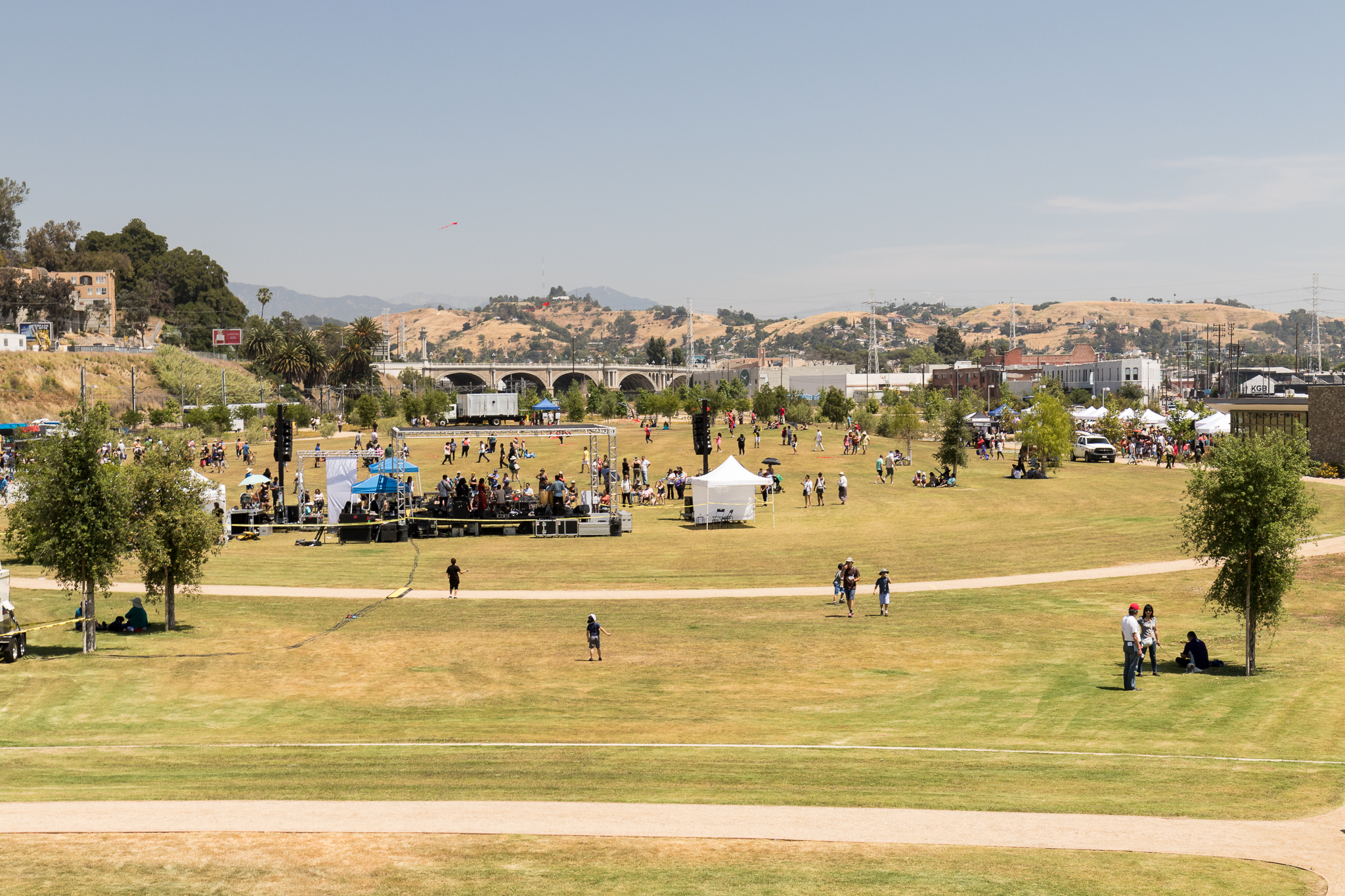
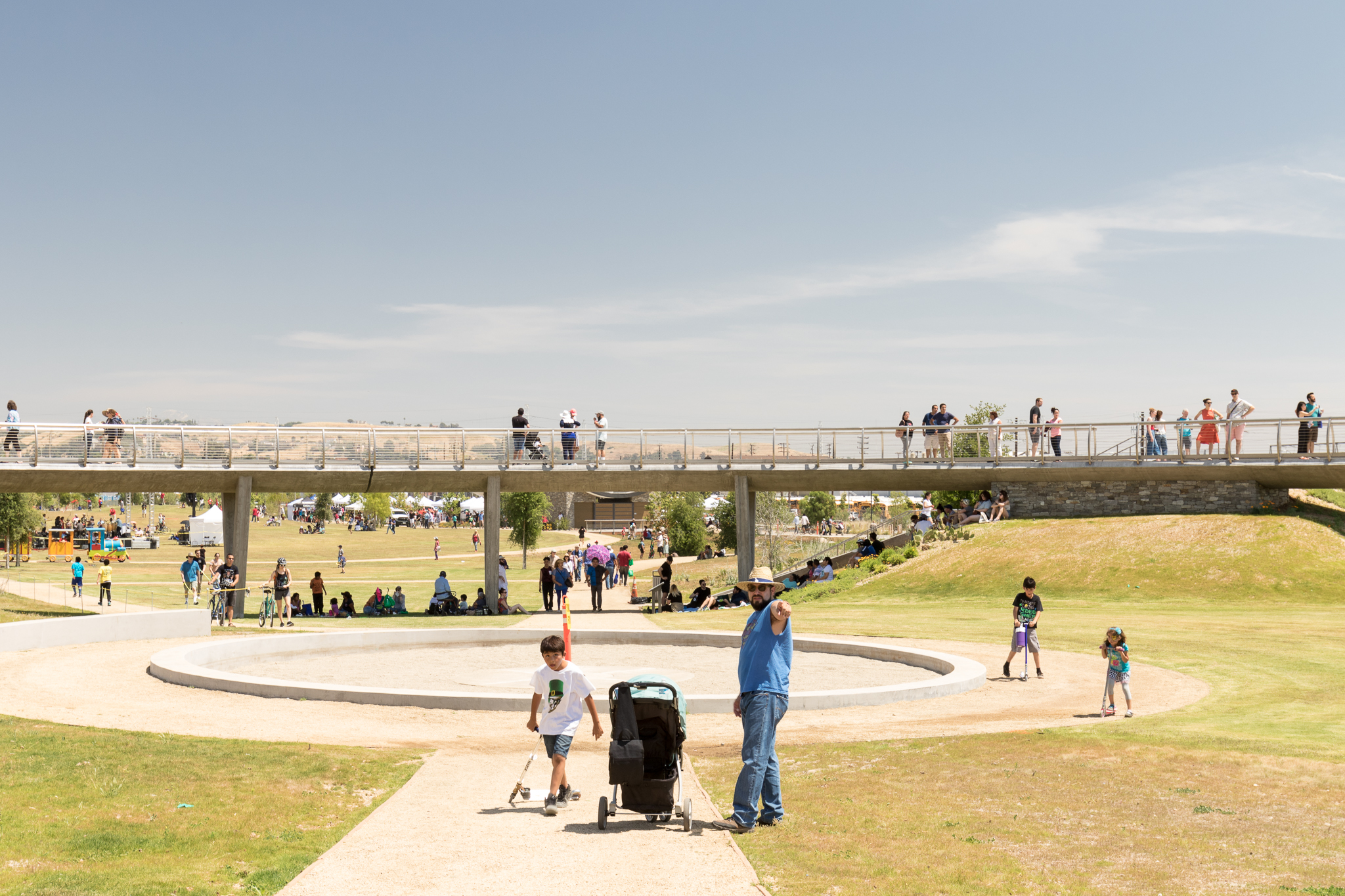
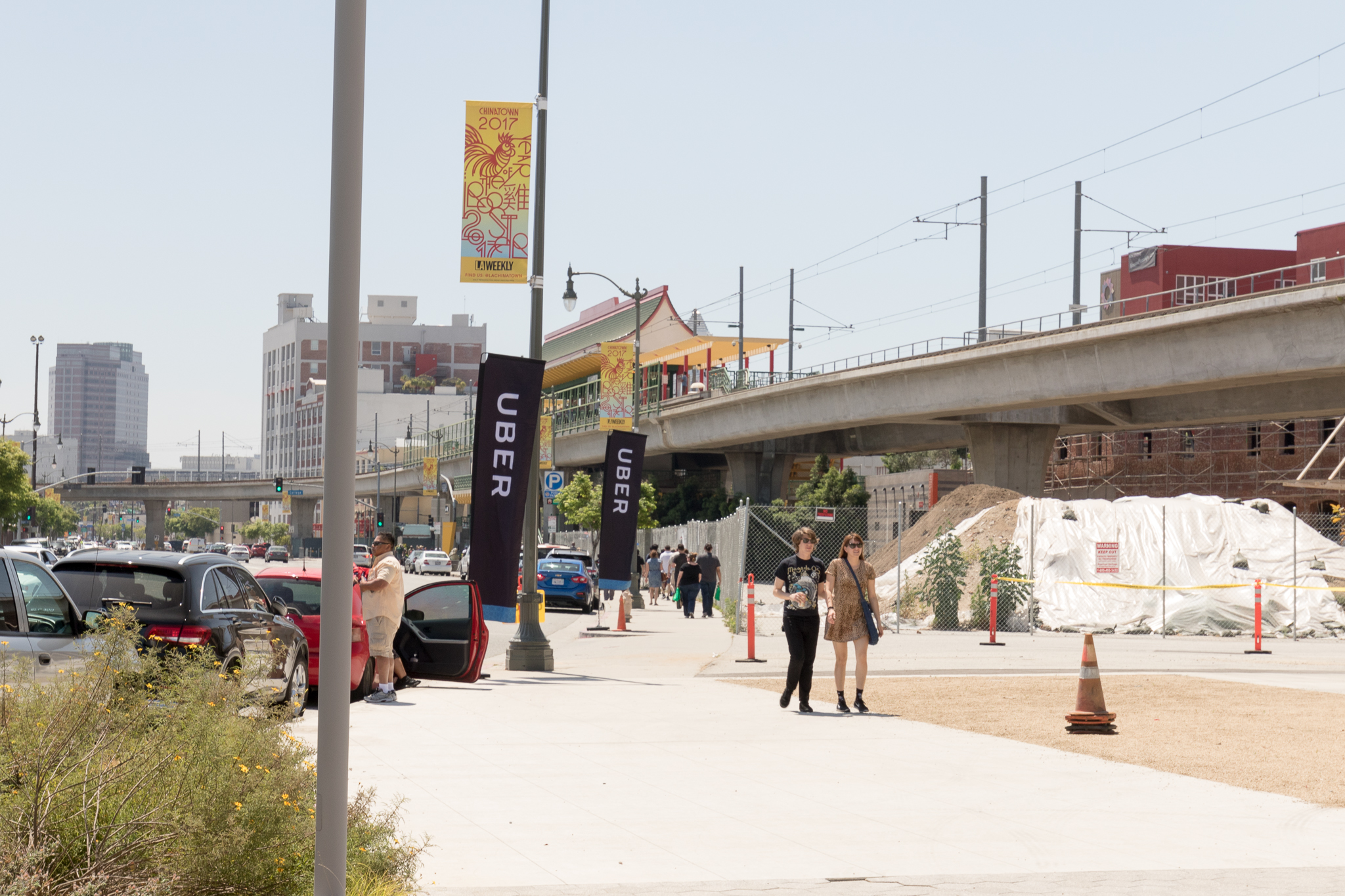
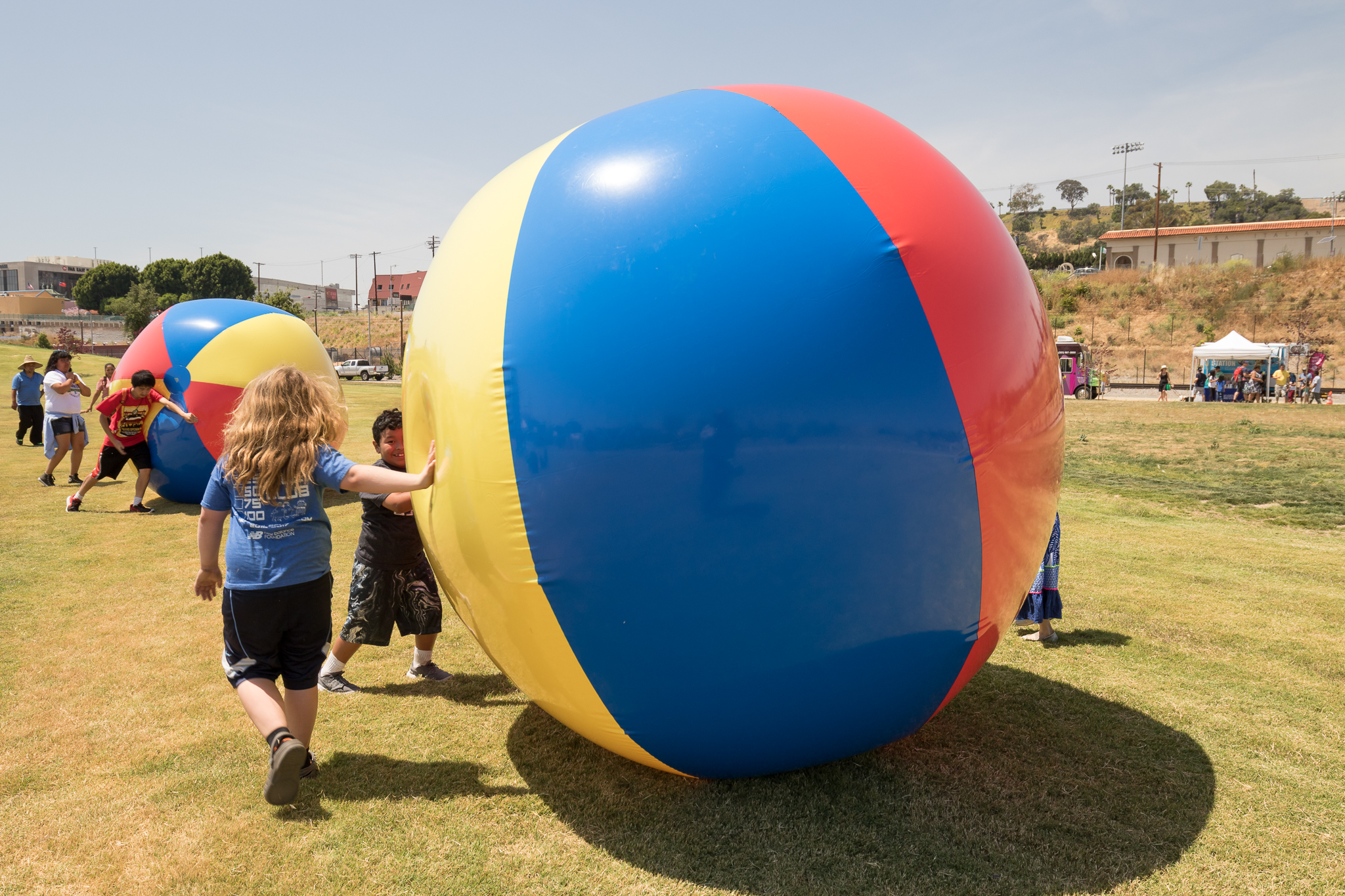
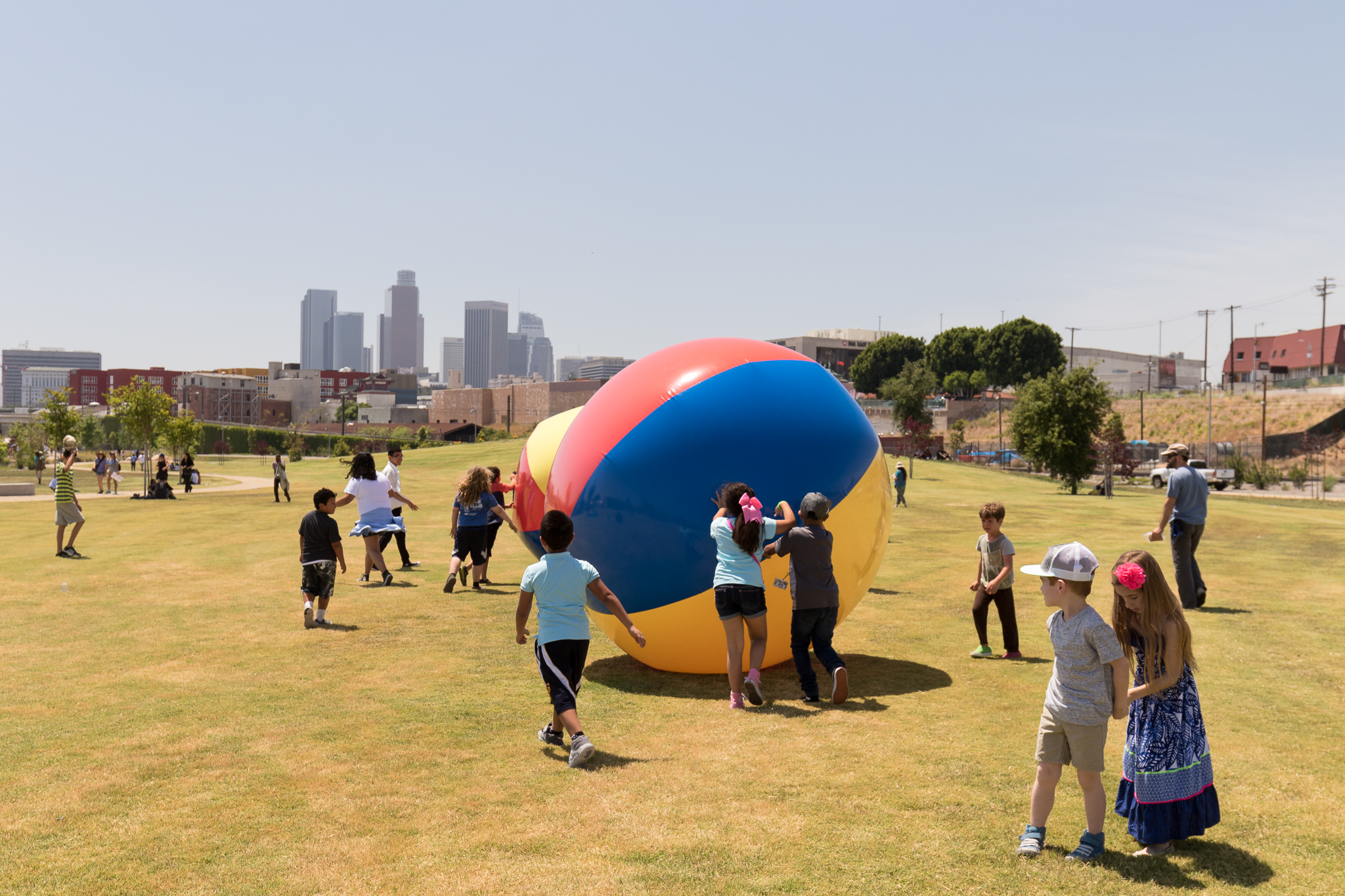
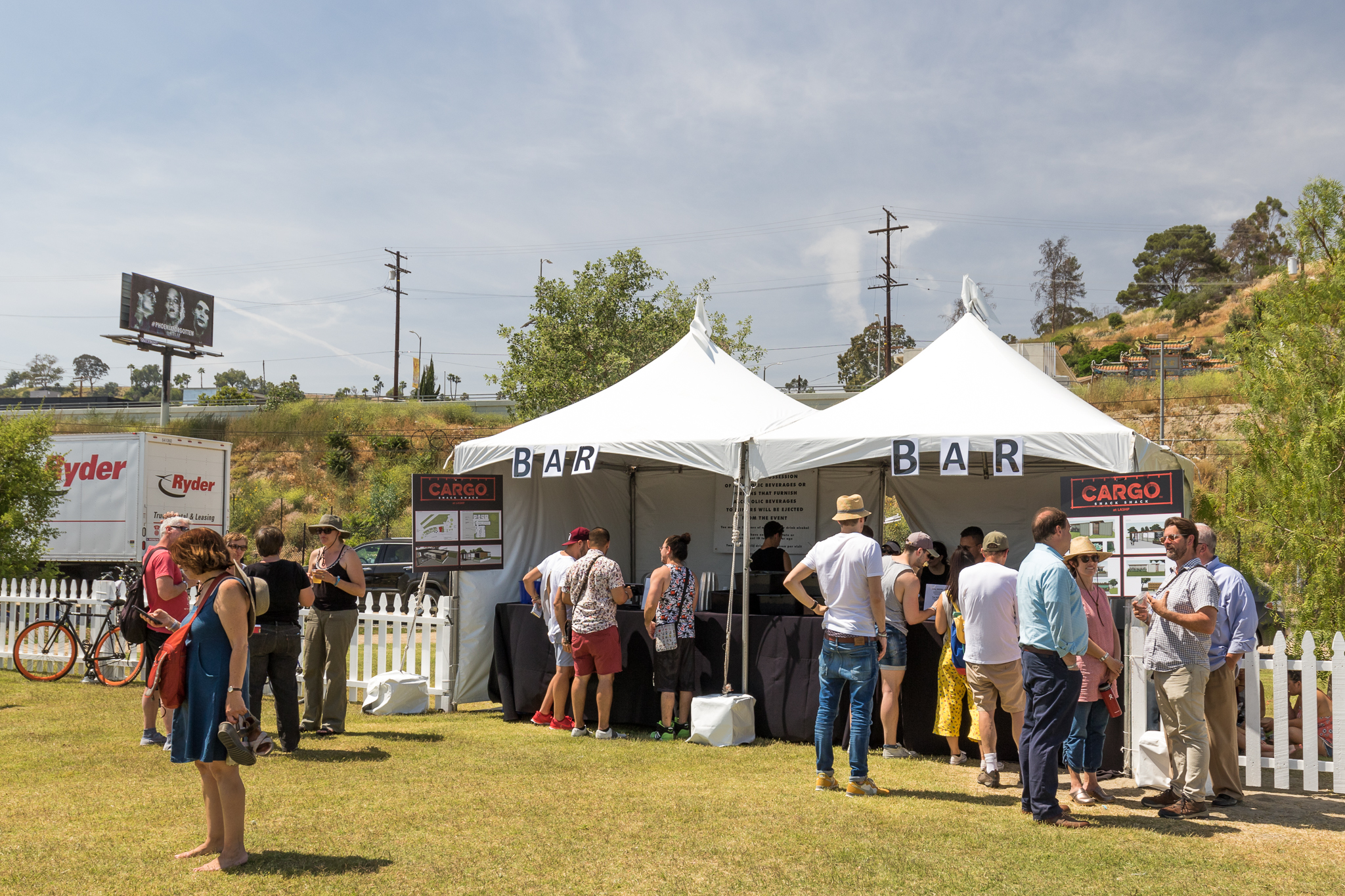
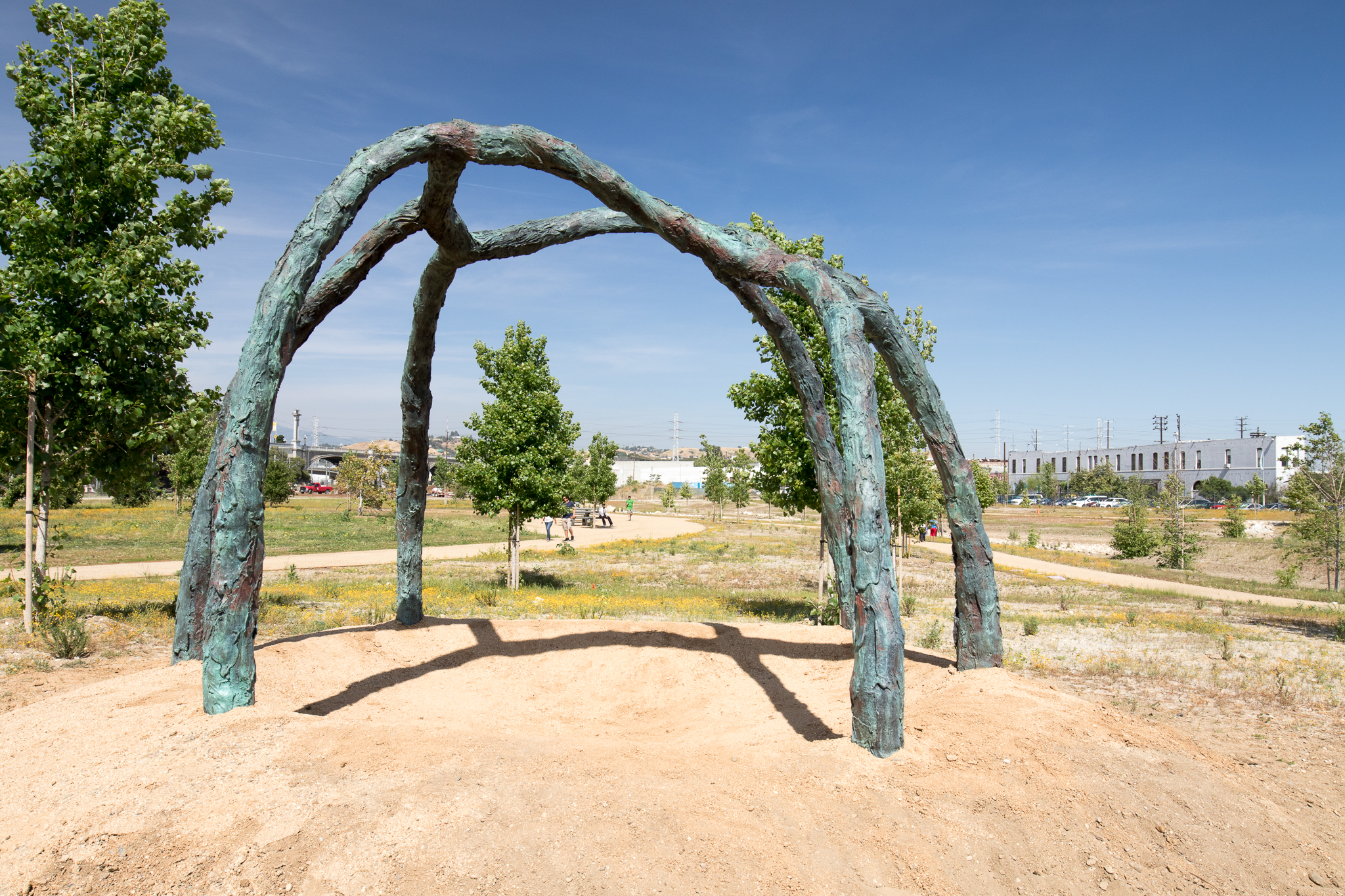
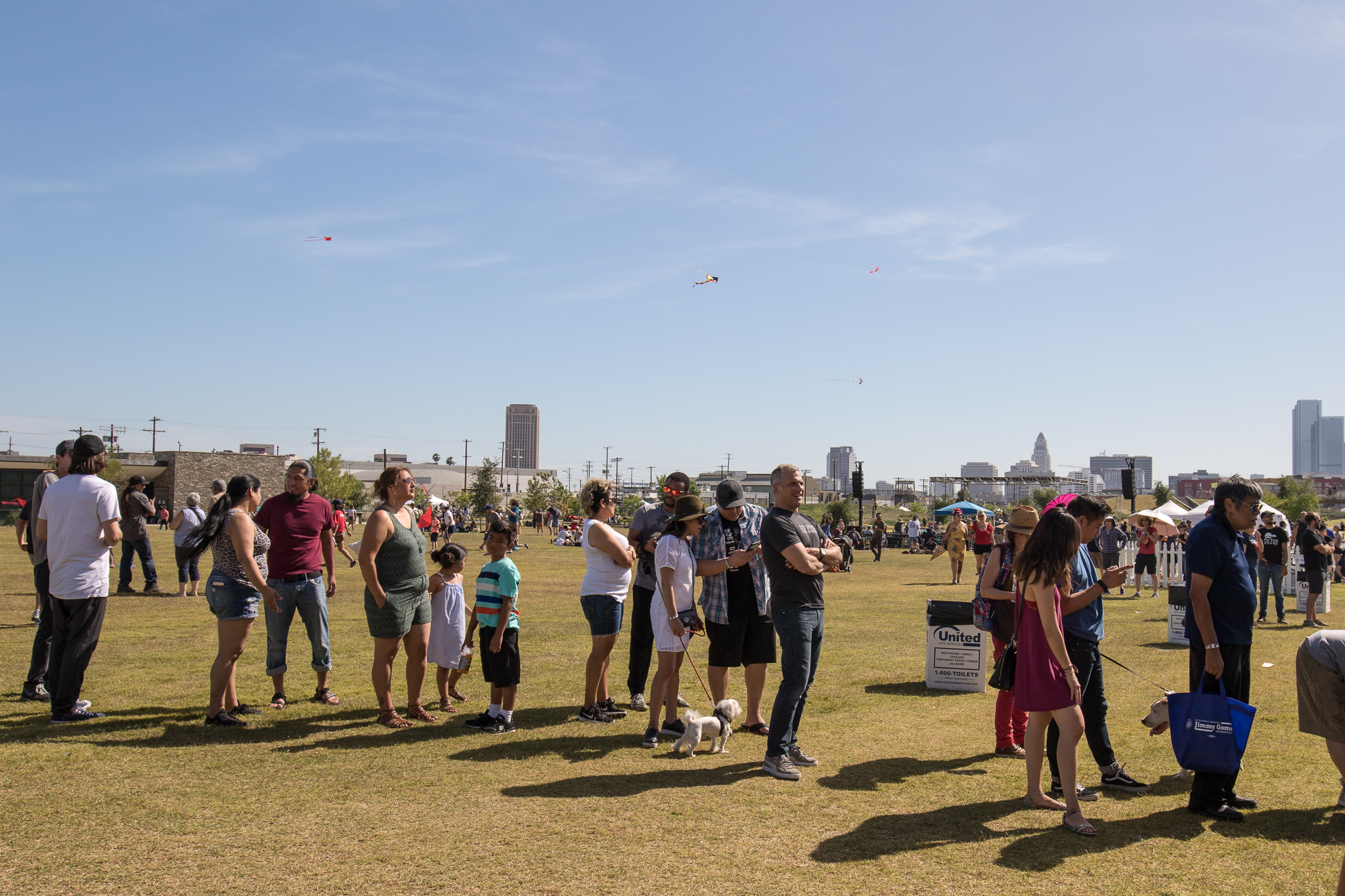
Out in a place called Moreno Valley California, on fringes where the suburbs give way to exurbs and then to the very beginnings of desert, there live herds of wild donkeys. (Donkeys are the same animals as asses; people just call asses by the other name so that they don't get uncomfortable).
To people who haven't heard about these animals, it sounds absurd. Herds of wild asses in the suburbs of Southern California? But it's true, and it's wonderful to find them here.
Every now and then I go check up on my favorite one of these herds. This one is a couple dozen strong, and roams the streets and fields in a place called Pigeon Pass.
This time, I found them in full flagrant Spring mode--cavorting and stomping and sparring for mates. Here are a couple of shots.
These "jacks" or male donkeys are sparring for a mate (or a "jenny".)
One of the jacks surrenders and runs away
The winner brays in triumph at the retreating ass
The winner gets to snuggle with his jenny.
If you want to visit and observe the wild asses of Moreno Valley, you can! Just be aware that these are wild animals, so it's not safe for either you or the animals to get too close. When the animals get habituated to humans, they end up getting killed for various reasons. And of course, they can kick or bite you. Also, be aware that there are laws against feeding or interacting with these specific herds. But, as long as you keep a healthy distance, you'll have a fascinating time watching these guys.
Every year there's a big airshow at the local Air Force base, March ARB. I've never had to the time to attend... until now. It was an interesting day full of shiny planes and captivating aerobatics. It was corny as hell, and a lot of fun. I have hundreds of photos to pore through, but here are some shots.
An F-86 and a Mig 15 vie for air superiority
The P-38's twin 12-cynlinder Allison engines tear up the sky
Dizzying biplane aerobatics courtesy of pilot Vicky Benzing and California Aeronautical University
SBD Douglas Dauntless
A common corvus
It's winter, and that means the desert is most inviting right now. Here are a few shots from my trip through the south central area of the Mojave this week.
Fortune smiled on us last week. We were traveling with some good friends who knew about the Conowingo Dam on the Susquehanna River in Maryland, and that it would be a good time to photograph bald eagles there. I was doubly lucky that my friend Tony owns the perfect lens for bald eagles and triply lucky that he thoughtfully lugged it along solely so that I could use it. He was shooting with a Nikon, so he let me monopolize the giant 500mm f/4 Canon lens. I don't own and have never used anything like this lens... I'm not a professional wildlife shooter and this specialist's lens is very costly. So I was delighted to have a chance to use it for the first time at the dam.
I often hear the question, how do you get good shots? The cliche answer is a quote from the celebrated photojournalist named "Weegee," who was said to respond to that question with, "f/8 and be there." He meant, the most important thing is getting your ass to where the interesting things are, and having a camera with you. No amount of expensive gear or practice or talent or luck or anything else will matter if you stay in your chair at home.
So we went there. We weren't prepared for the bracing cold and wind, and we didn't really do the whole wildlife photographer thing with the arriving at dawn, hiding in a blind with a $1,000 tripod, rubbing duck lure scent on our camouflage hats, whatever it is they do. But we went there, we stayed an hour or two, and that was enough to get some good shots. (The 500mm lens helped, but not as much as showing up helped.)
Practice, new gear, and serendipity might help me deliver better shots than these some day, but for now, I'm just happy I was there and able to get my first bald eagle pictures.
Oh, and I threw in a black vulture too, because... vulture!
The sky didn't look very promising when I set out after work to climb Mount Rubidoux. The high ugly cirrus clouds huddled thin and stingy in the east; the sunset side of the sky looked bereft and parsimonious, giving nothing.
Still, I wanted to try to get a shot. I visit this place so often and photograph it so much because it's my home place; I'm building expertise in how and when best to shoot here. To build that knowledge, I have to visit often and always do my best.
This time, I brought my Canon 5Dsr, a 16-35 f/4L IS II lens, a large carbon fiber Manfrotto 190PRO with a ball head, a B+W 10 stop neutral density filter, and a cable release for bulb mode. It's a lot to carry, but if you're striving to do the very best you're able to do, and get the highest quality you're able to get, you carry what you need.
During the sweaty clamber up to the top, the weather shifted impressively. As the sun crept toward the horizon, rain clouds rushed in from the east, alternately cloaking the sun in shadows, then abruptly revealing it. I spied a magnificent double rainbow. (These always appear with their centers 180 degrees from the sun -- in fact, they can't appear anywhere else in the sky -- and are a sure sign it's raining, at least in the distance). At this point, I knew I'd come at the right time.
As I waited for sunset the light continually changed around me, transitioning from a luminous glow to a tentative chiaroscuro and back again. I made many exposures of the Peace Tower. The light, its colors, developed surreal edges. In the image below, I didn't dare enhance the colors in post production in any way. I left them at the default because they already looked so intense.
Then suddenly, the light was spent. The sky opened up and it began to rain. I packed up and hiked back to the car, wet and as happy as I have been in ages.

Canon 5Dsr, EF 16-35 f/4L II IS USM @ f/22 and @30mm, ISO 100, 10 stop ND, 120 second exposure

Earlier: Canon 5Dsr, EF 16-35 f/4L II IS USM @ f/18 and @30mm, ISO 100, 10 stop ND, 44 second exposure.
Somehow, somewhere along the line, our beautiful star the Sun became associated with Apollo, a son of Zeus. In Hellenic culture, to be Apollonian is to be rational, disciplined, orderly. He was, in fact, a symbol of patriarchy and control. The sun emerges Apollonian in literature, painting, sculpture... it's the great cleanser, a bringer of knowledge, of security. And even today the sun is thought masculine and Apollonian as a literary and cultural emblem.
The moon, on the other hand, is supposed to be Dionysian, meaning sensual, spontaneous, emotional. She's fickle and perhaps dangerously unreliable, and what light she can reflect is only what radiates from the sun. The Greeks thought the moon was Artemis, goddess of the hunt and sister of Apollo. Romans associated the moon with Diana, who like many things Roman is a copy of the Greek, but still a huntress, wild, emotional, untamed.
One can imagine how ancient ontological simplicity and the semiotically arbitrary grammatical genders given to nouns in Classical tongues could have perpetuated this scheme: The sun is a man, the moon a woman. Perhaps the lunar cycle, waxing and waning from full to lapsed to full yet again every 28 days gives the feminine connection some heft. The sciolistic cosmologies of ancient cultures took strange and remarkable turns, but it is to the Greek and Roman that we owe our most primal emblems here in the West.
Perhaps, then, I am turning my back on 3,000 or more years of ancestral Western dogma when I declare the sun is definitely a woman. I know her, recognize the essential truth of her, and I love her deeply, as she loves me. This is agápē in the Hellenistic sense, at once primal and maternal; I know in my bones that I am made from her, that I and all other matter in this solar system literally emerged from her, and it's only from her that all Earthly fecundity emerges. She can be severe, even savage, but she is always compelling, lovely beyond reckoning, and strange without compare.
I hope some of you will be able to see the solar eclipse in North America this August. You'll see a facet of the sun few people get to see; it will be astonishing and beautiful, unsettling and transformative. You'll never forget what you see.
The point of this little hagiography? Here are a few pictures I've taken of her over the years. You can see that male or female, the sun is not stoic and rational. The sun is very much an emotional thing.
While waiting at the docks for a performance to begin and after it had finished, I managed to take a few personal shots.
This antique warehouse with the lonely police cruiser parked beside it seemed full of feeling for a building, and told me a complicated story. I simplified the composition as much as I could, and elected not to correct the perspective to preserve the sense of scale. By the way, the cop got irritated with me after awhile and left.
This was a bit of a shoot and scoot. There was a malignant vibe in this parking lot, with a few unsavory characters shuffling around like zombies. I decided not to spend too long looking for the exact right shot. The blue lights on the left are the WWII destroyer USS Iowa.
Sometimes, you need a friend. After taking this shot a dozen times with no one in it, I put Stephanie in. I placed her head about where the perspective lines merged, hoping to pull the eye here. I asked her to stand sideways, as if she were waiting on the dock, and look at the camera. Her put-upon expression was transitory... she was actually delighted to be there. But of the shots I took, I thought it fit the mood best. She gets bonus points for dressing in pure white in such a grimy place. I love contrasts like that.
The first shot I took. I loved the textures and colors of these warehouse doors. There's a little story here, too, about access and history and utility.
What you you get when you combine modern dance and opera, set to a complicated and lovely piece of specially commissioned music, and you stage the entire performance on two tall ships moored at the Port of Los Angeles? You get Heidi Duckler's Beyond the Waterfront. "A dance opera story of sirens and sailors on the ships and the wharf, Beyond the Waterfront pays homage to the late Leonard Bernstein with a multi-sensory work that tackles themes of collaboration, sustainability, and the influence of humanity on environment."
It felt magical sitting on the wharf, with all the nautical and industrial sights, smells and sounds all around us as the blue hour transitionied into night, while at the same time Heidi's performers danced on the ships in front of us and members of the L.A. Opera sang. I can understand why the sirens gave Odysseus such a hard time leaving.
http://www.heididuckler.org/beyond-the-waterfront/
Here are some shots.
Last weekend I got the opportunity to do a little real estate photography in a new development in Pasadena. The lighting was mixed halogen, tungsten, flash, and daylight. I'm not averse to the multiple white balances in these shots, but were I to do it again, I'd return later in the day to get a little warmer outside light, which would have helped the overall balance. In this case, I shot when I was able to be there, on a clinically bright, hot summer day..